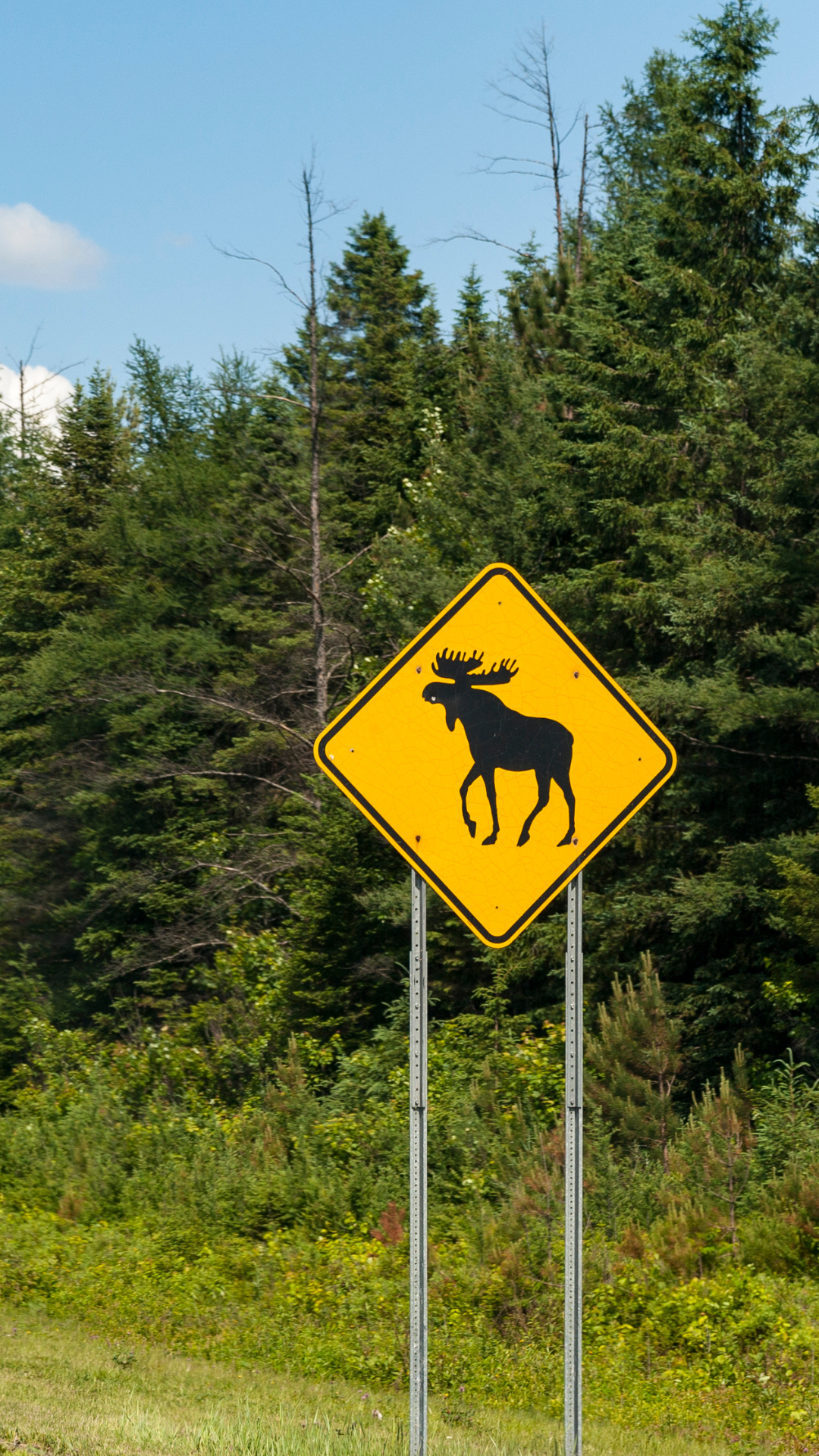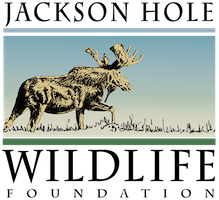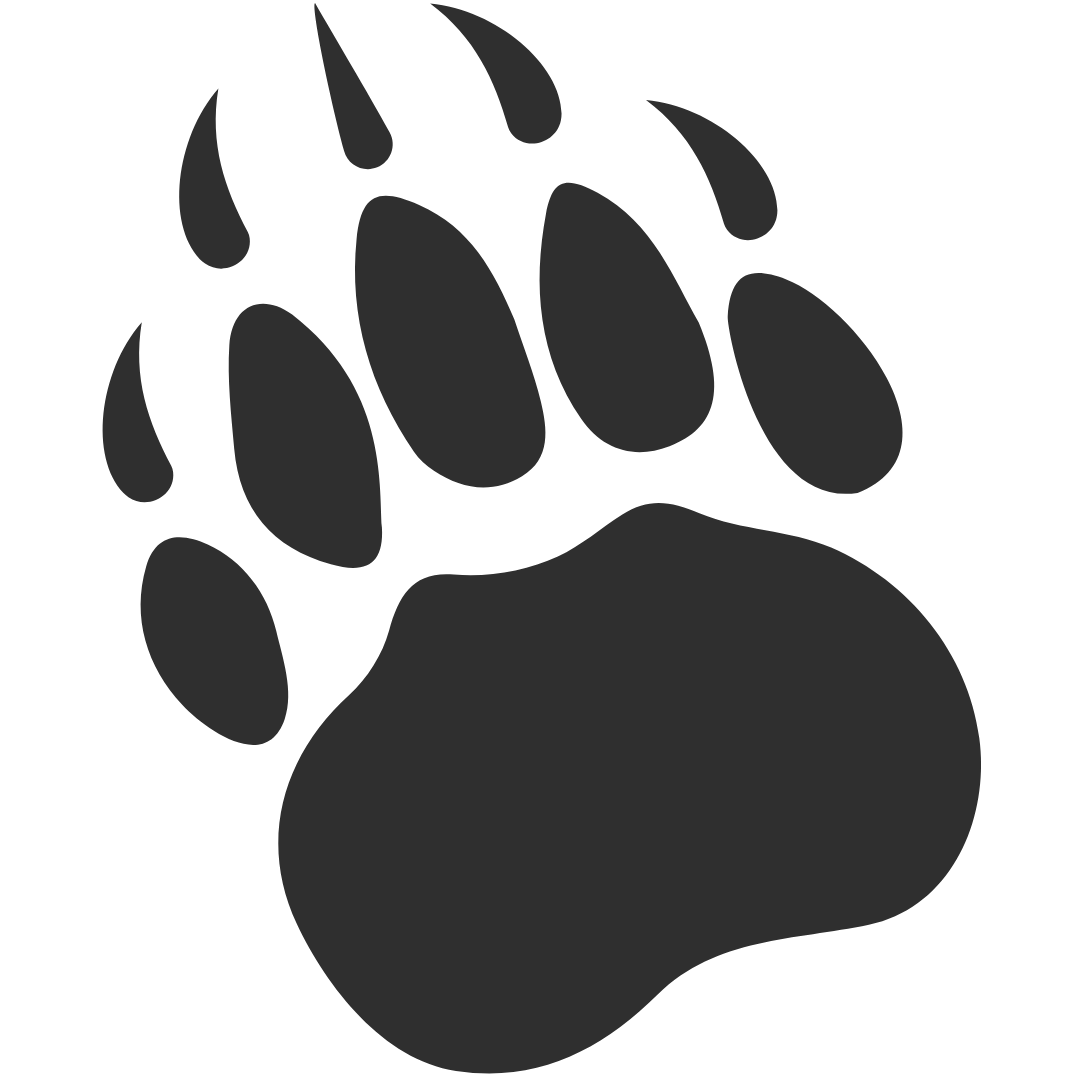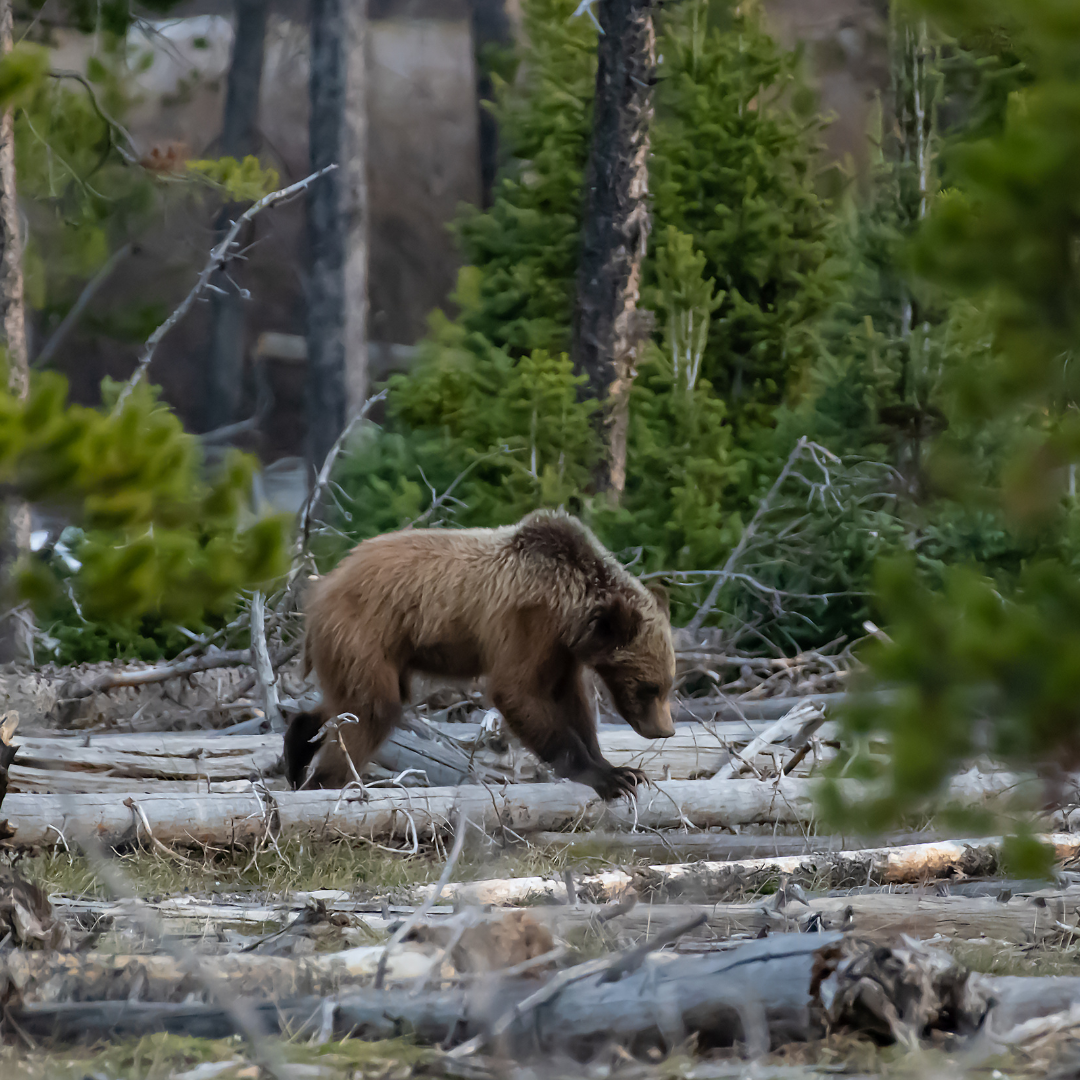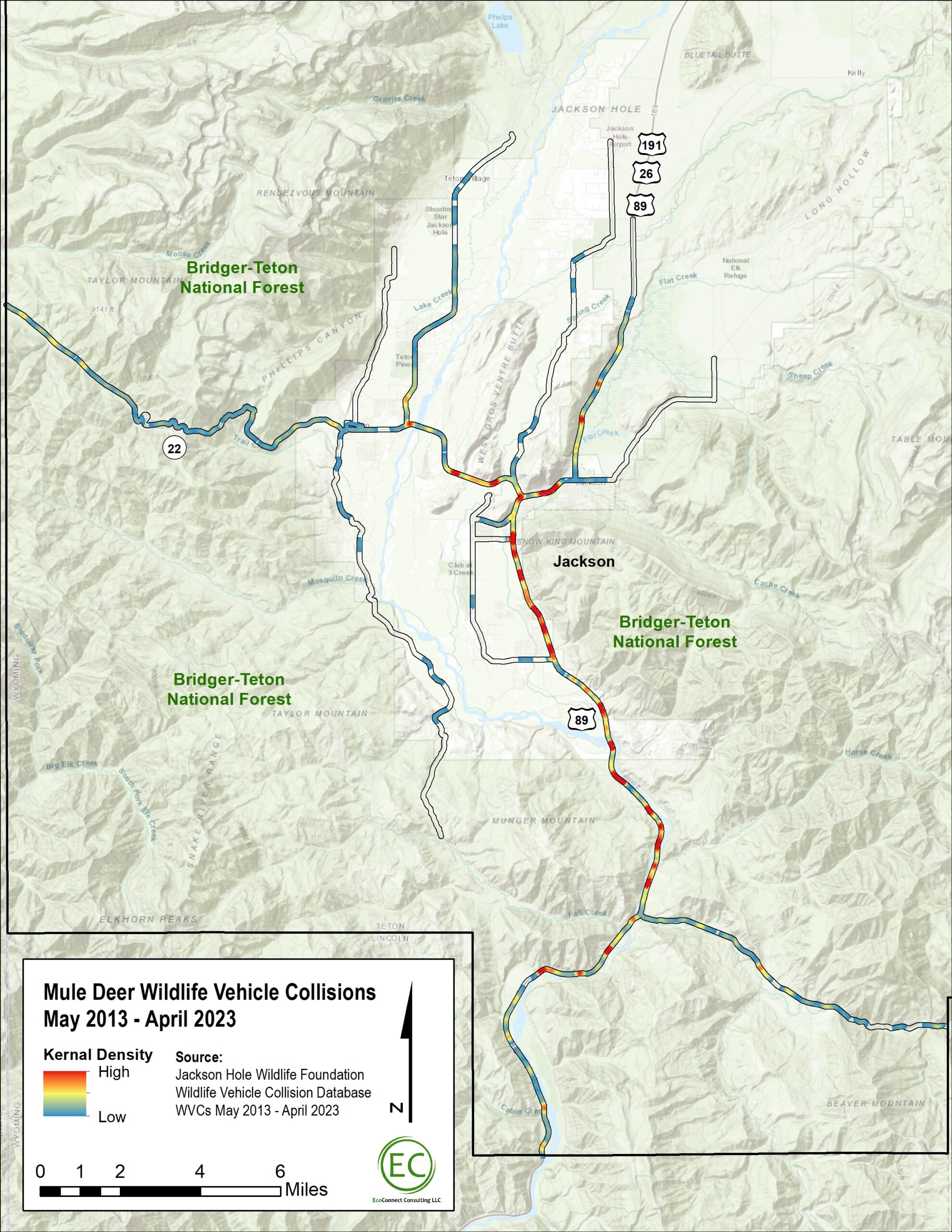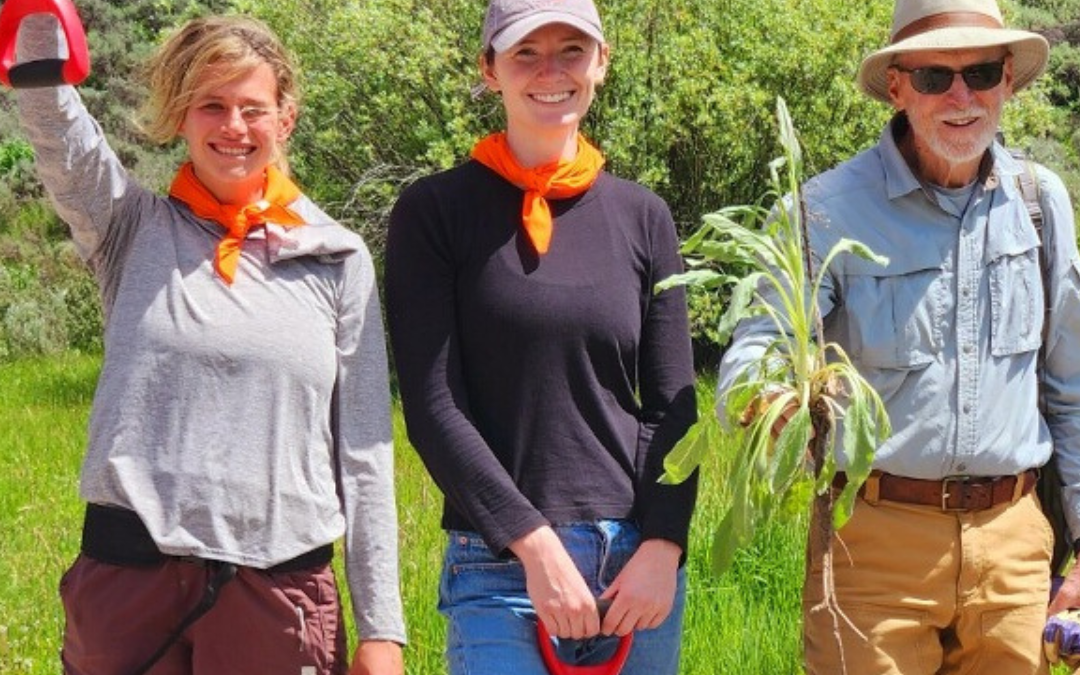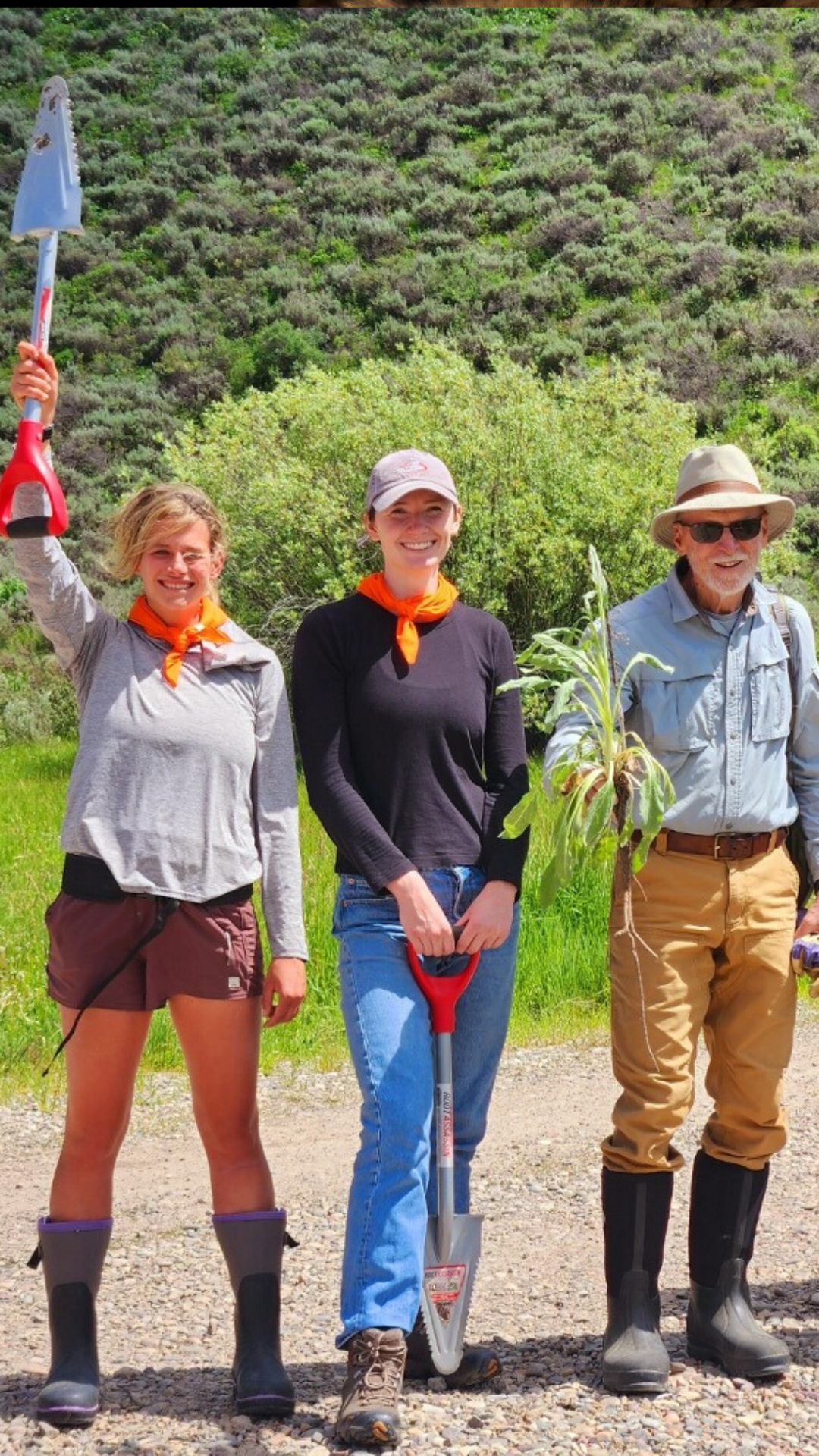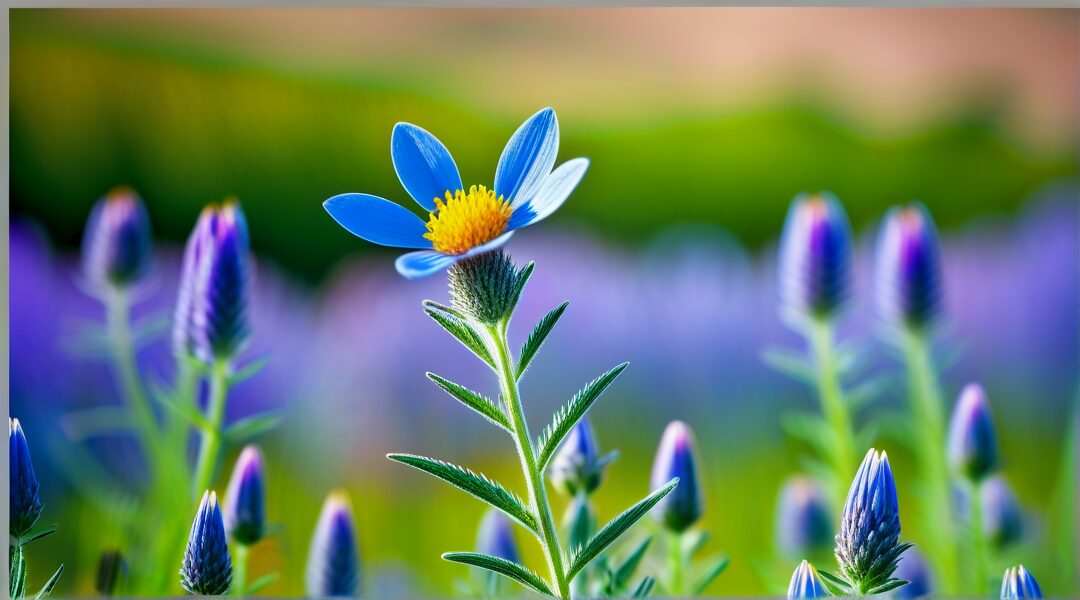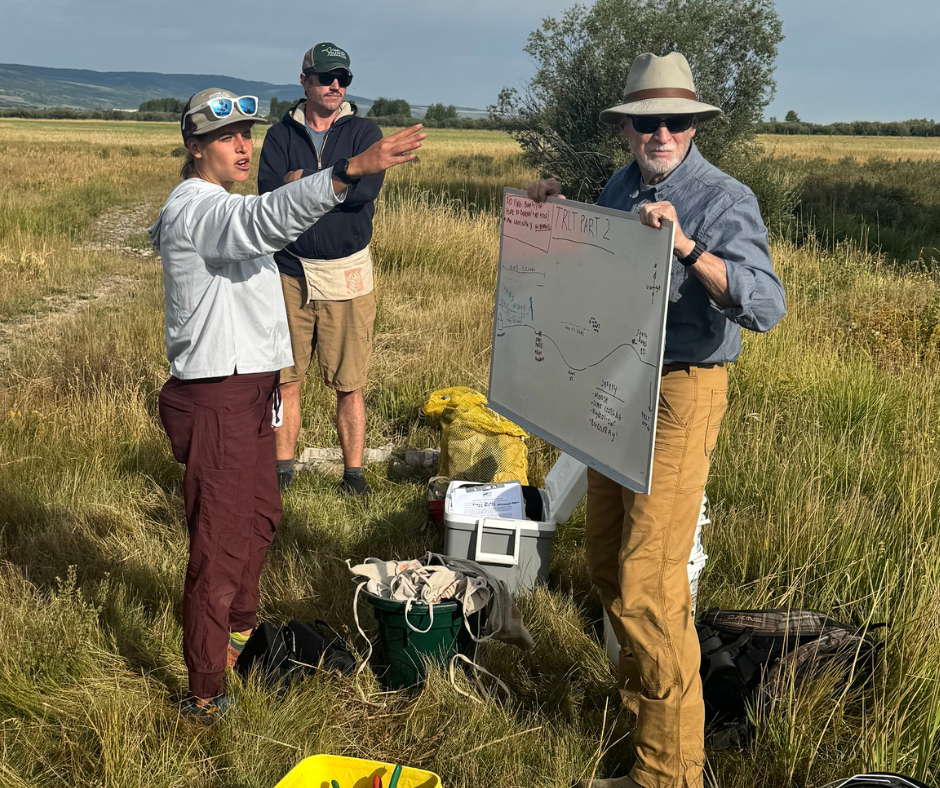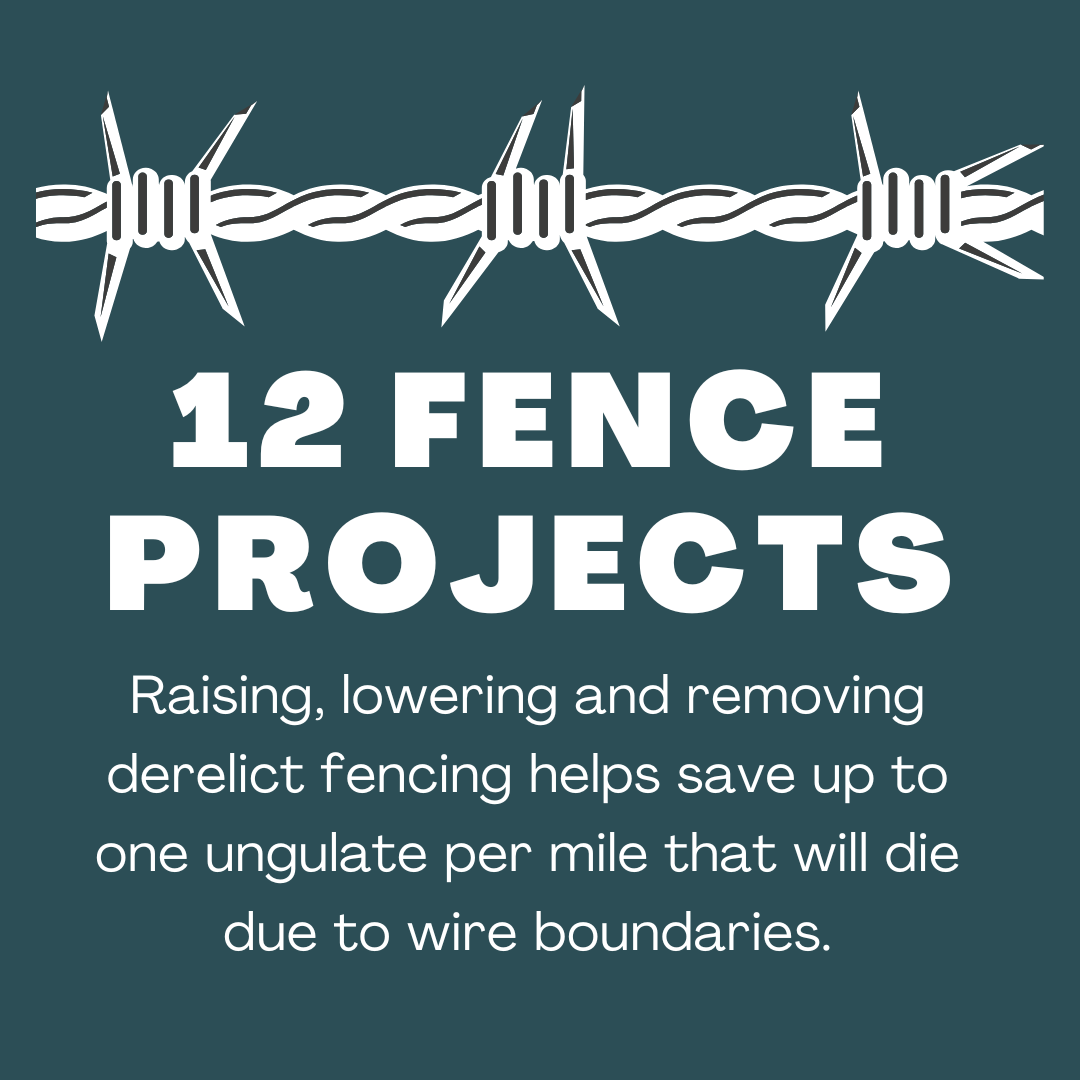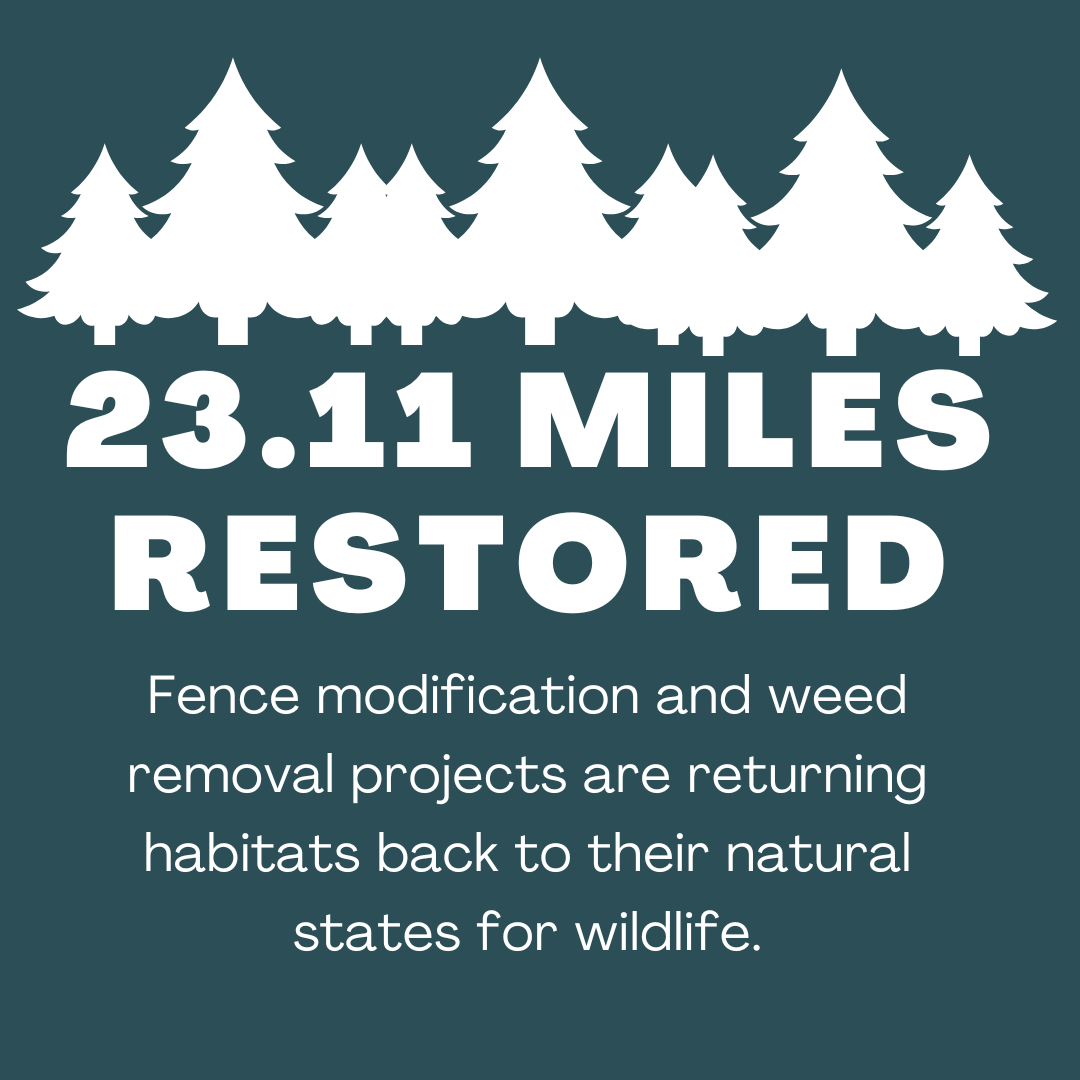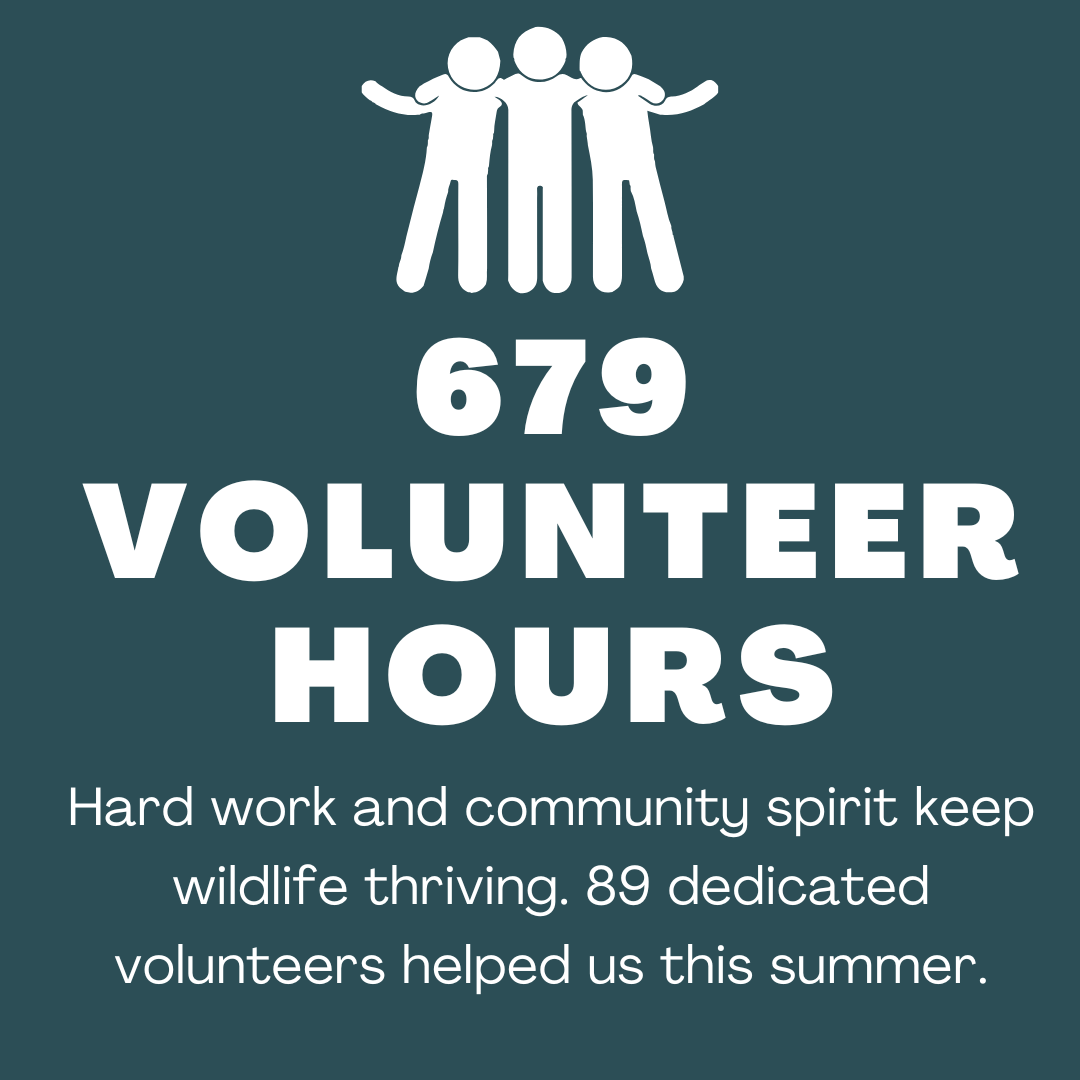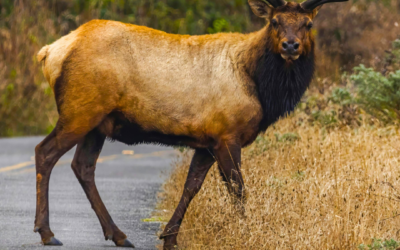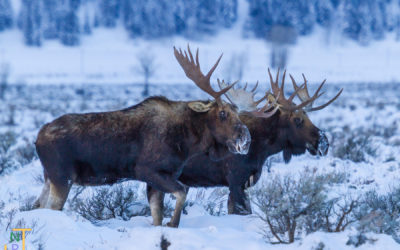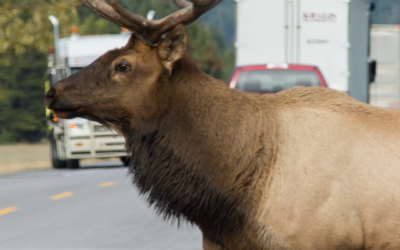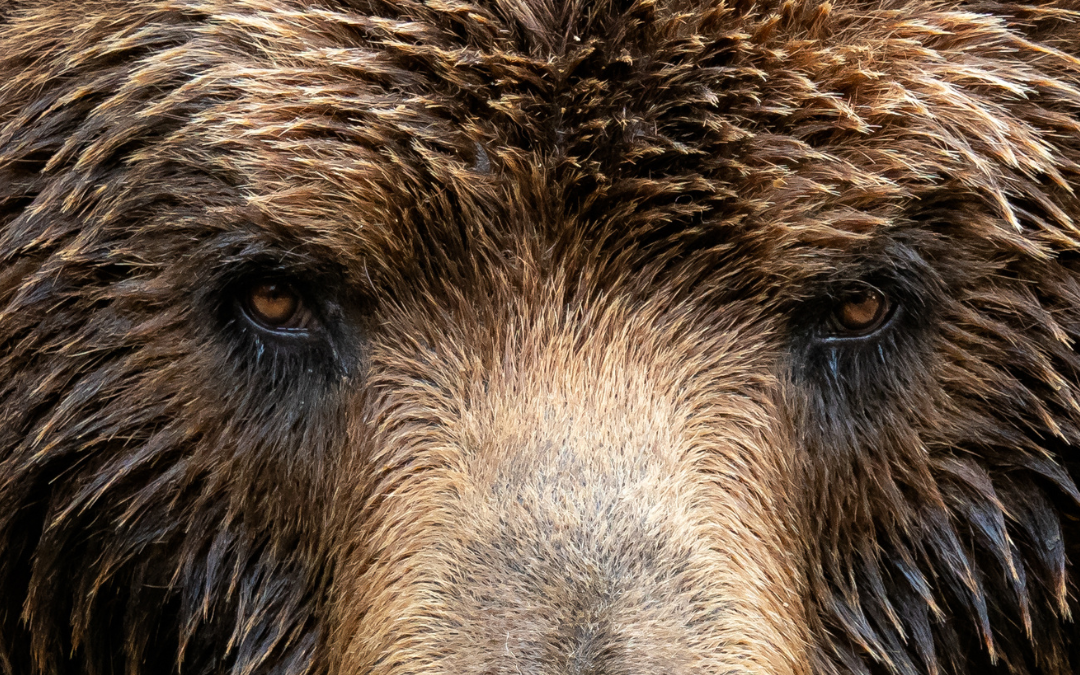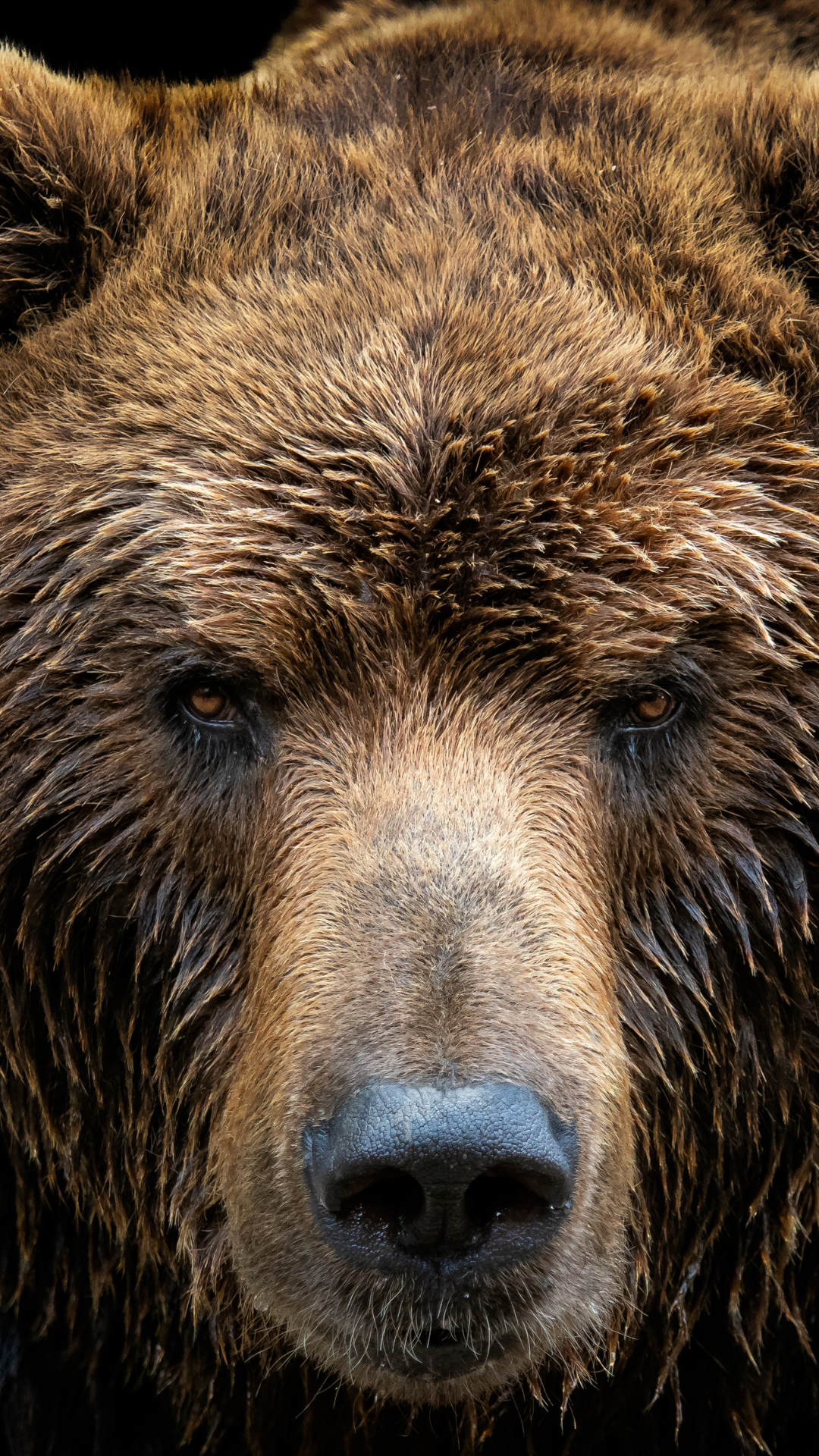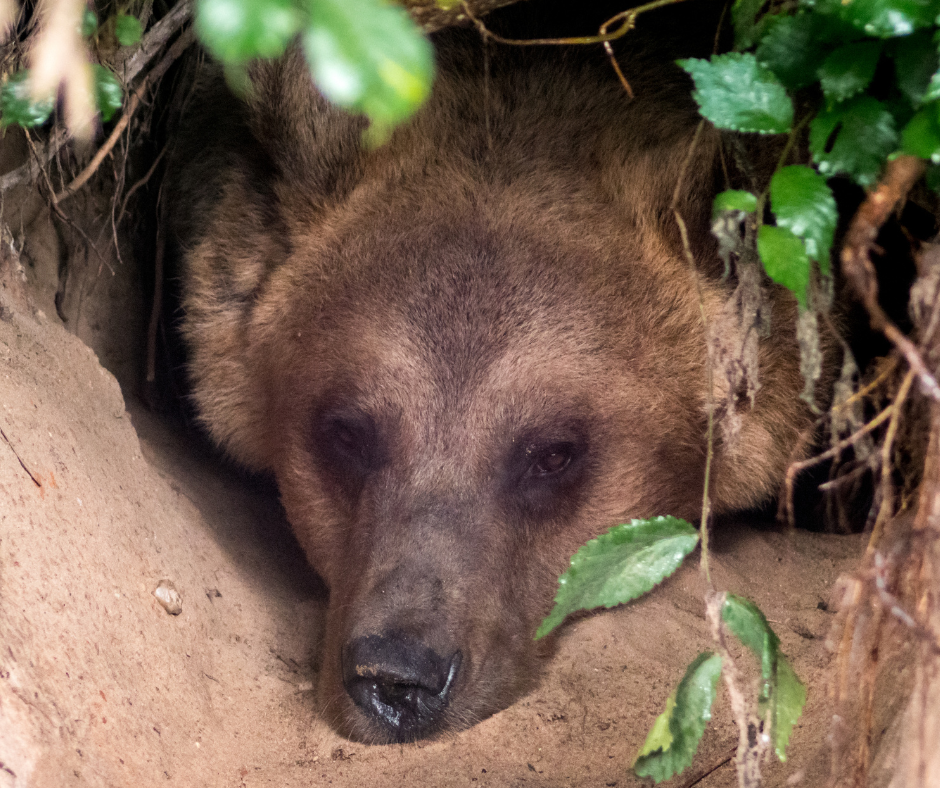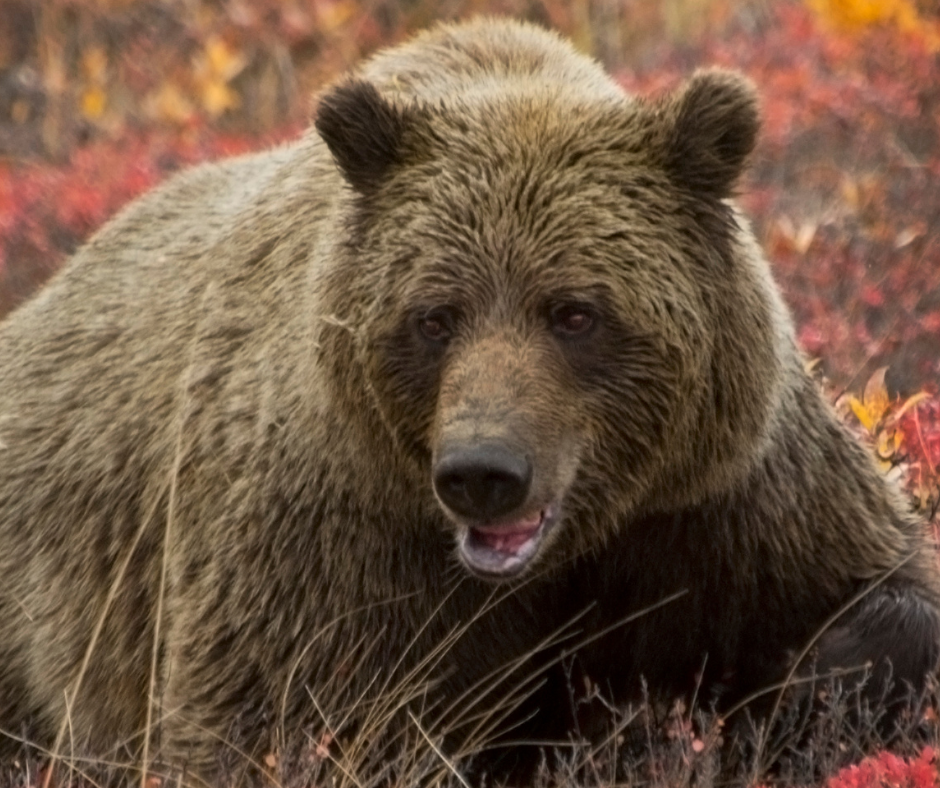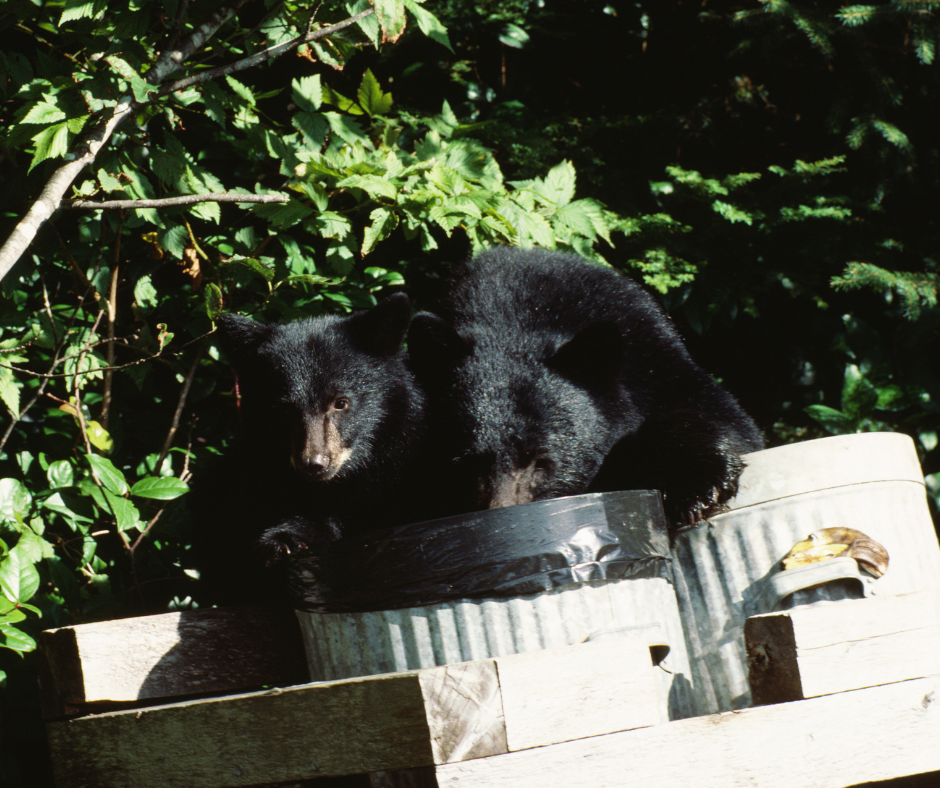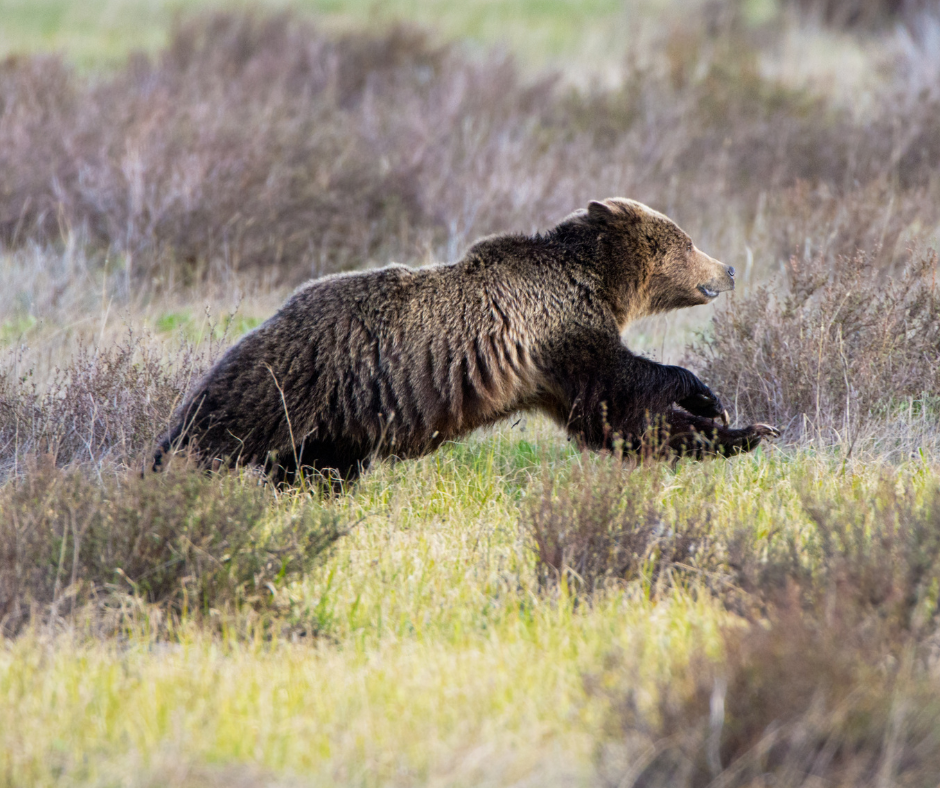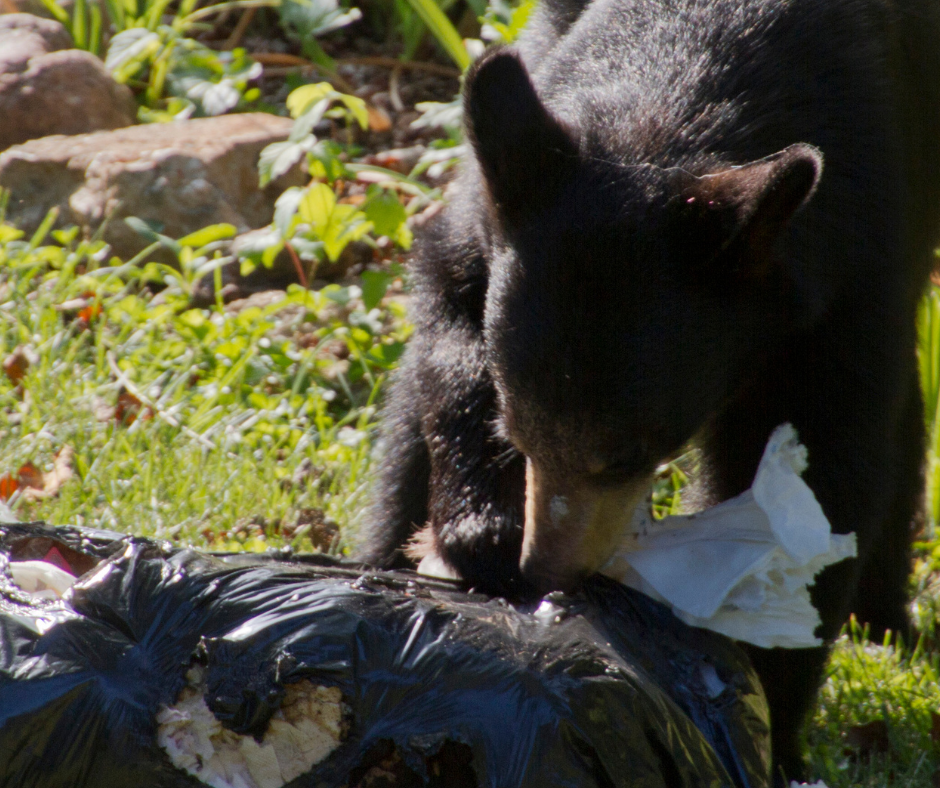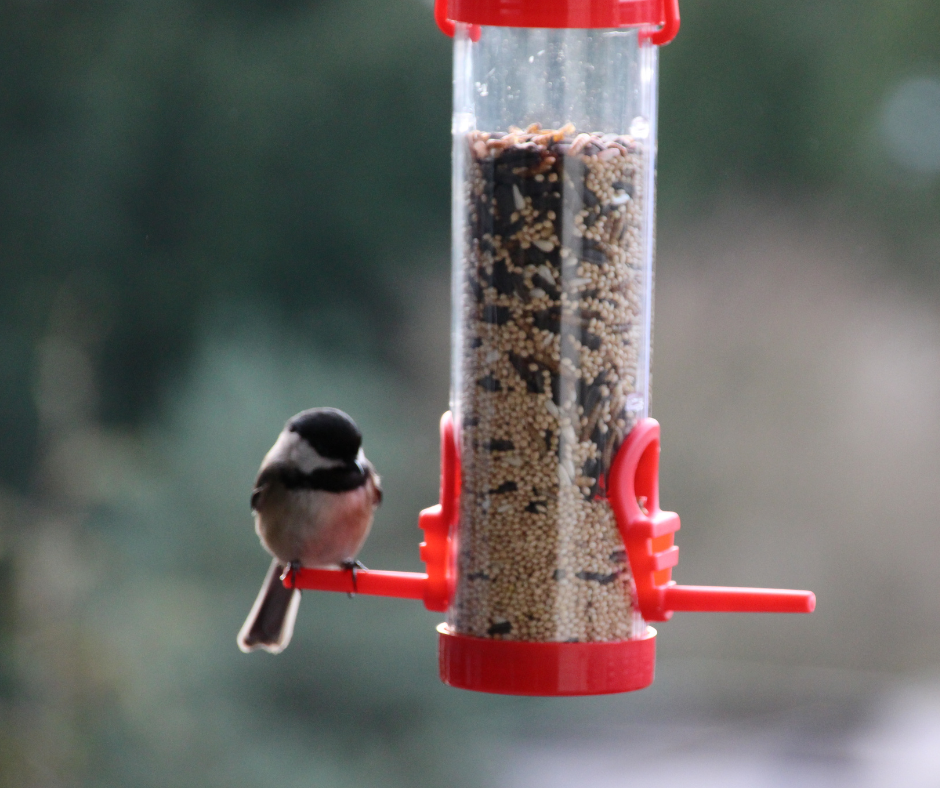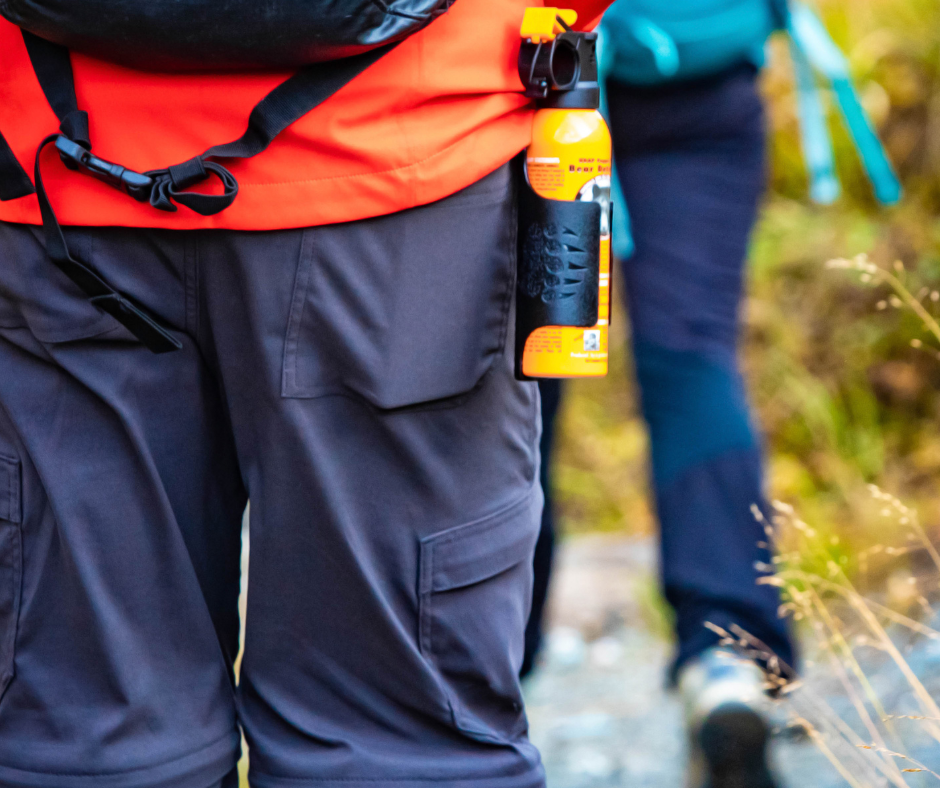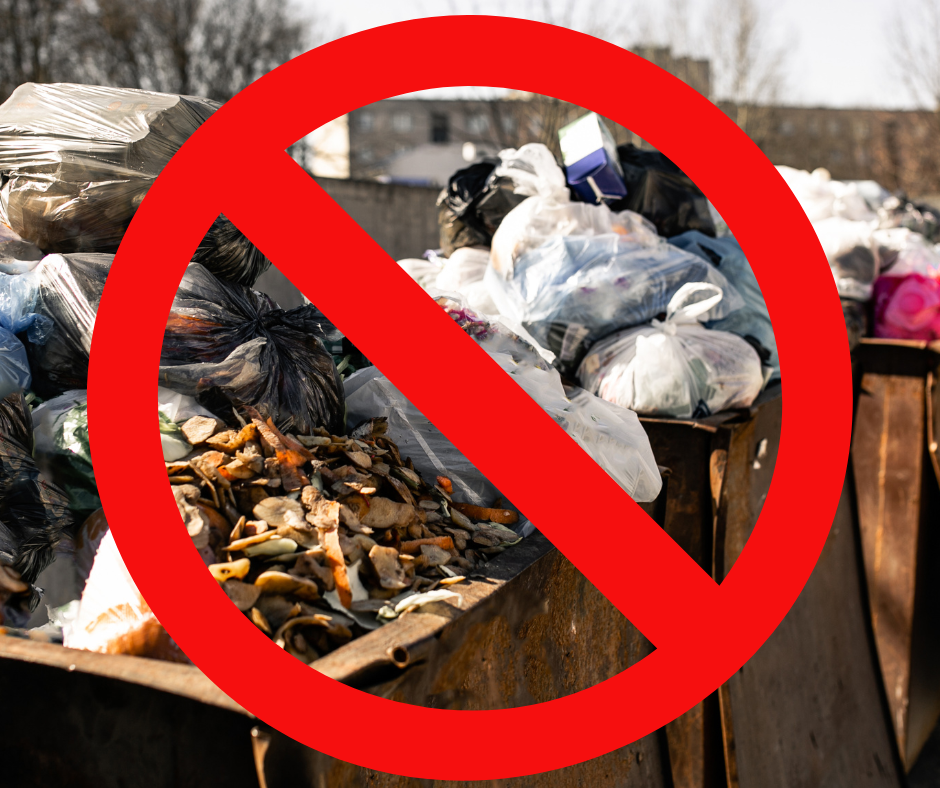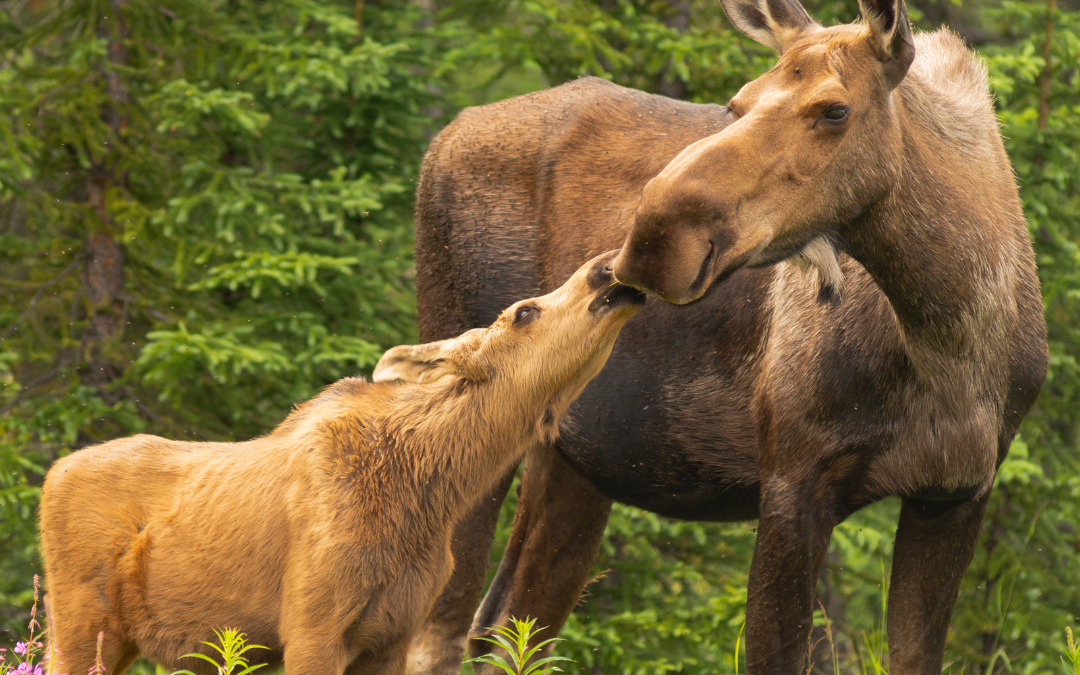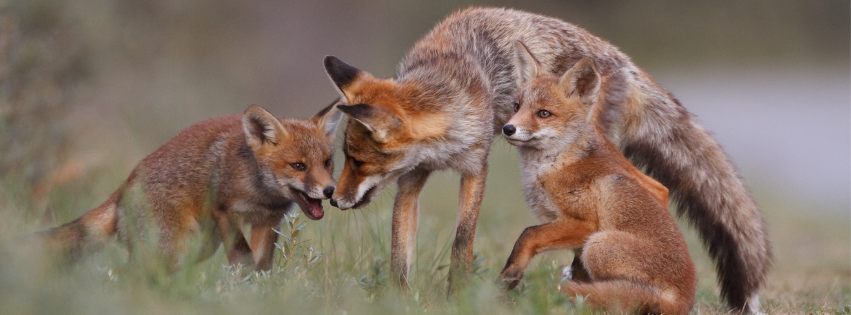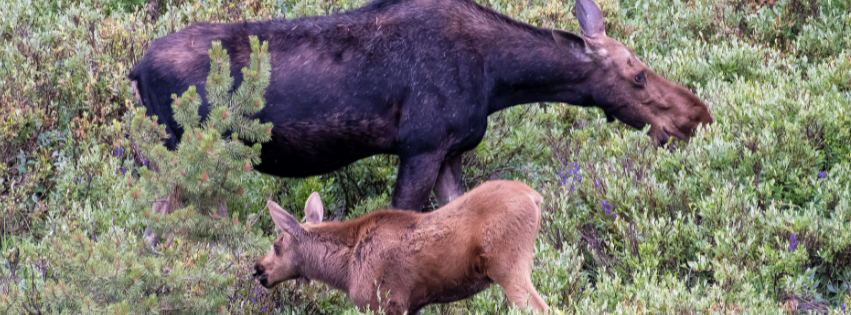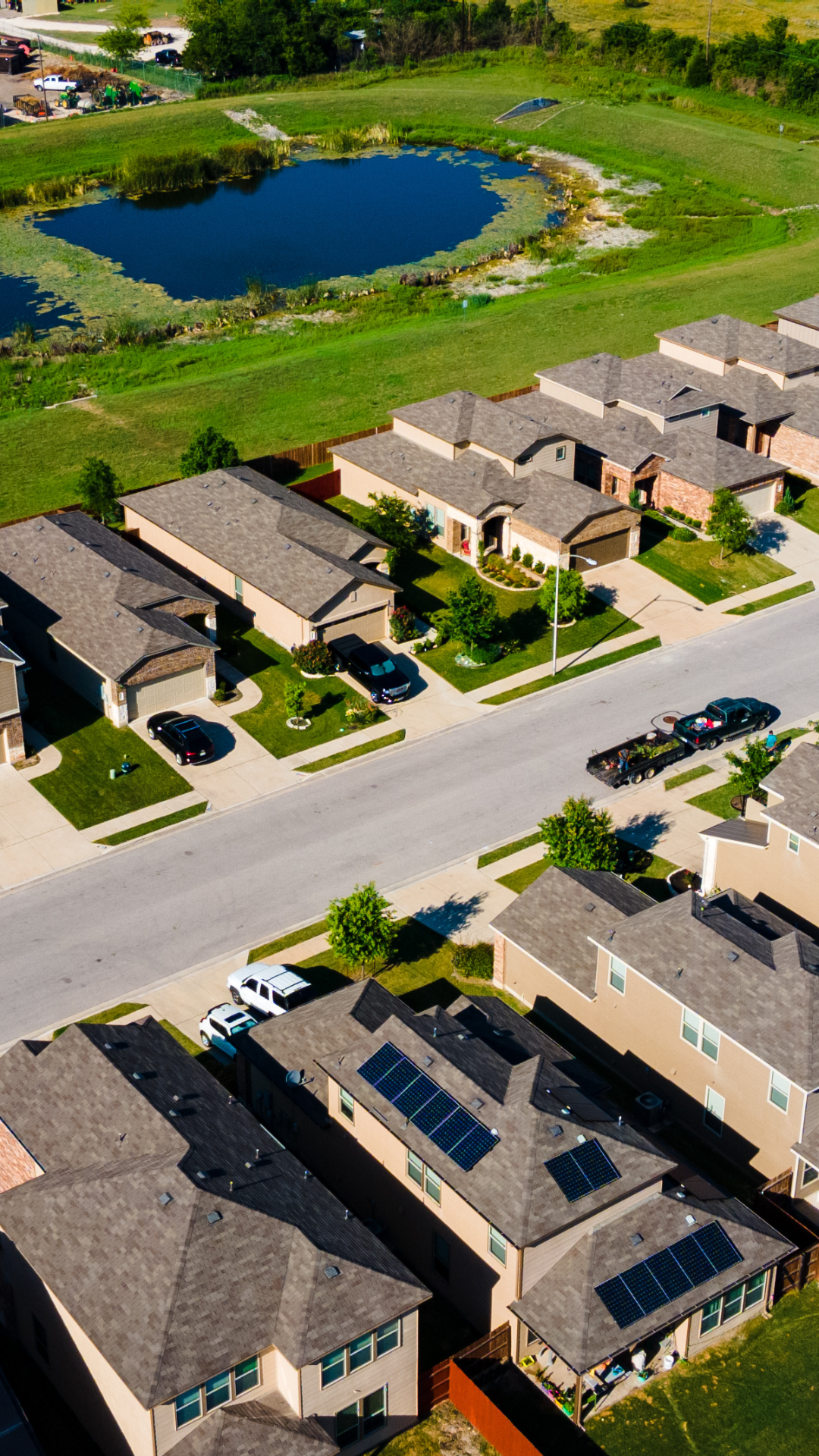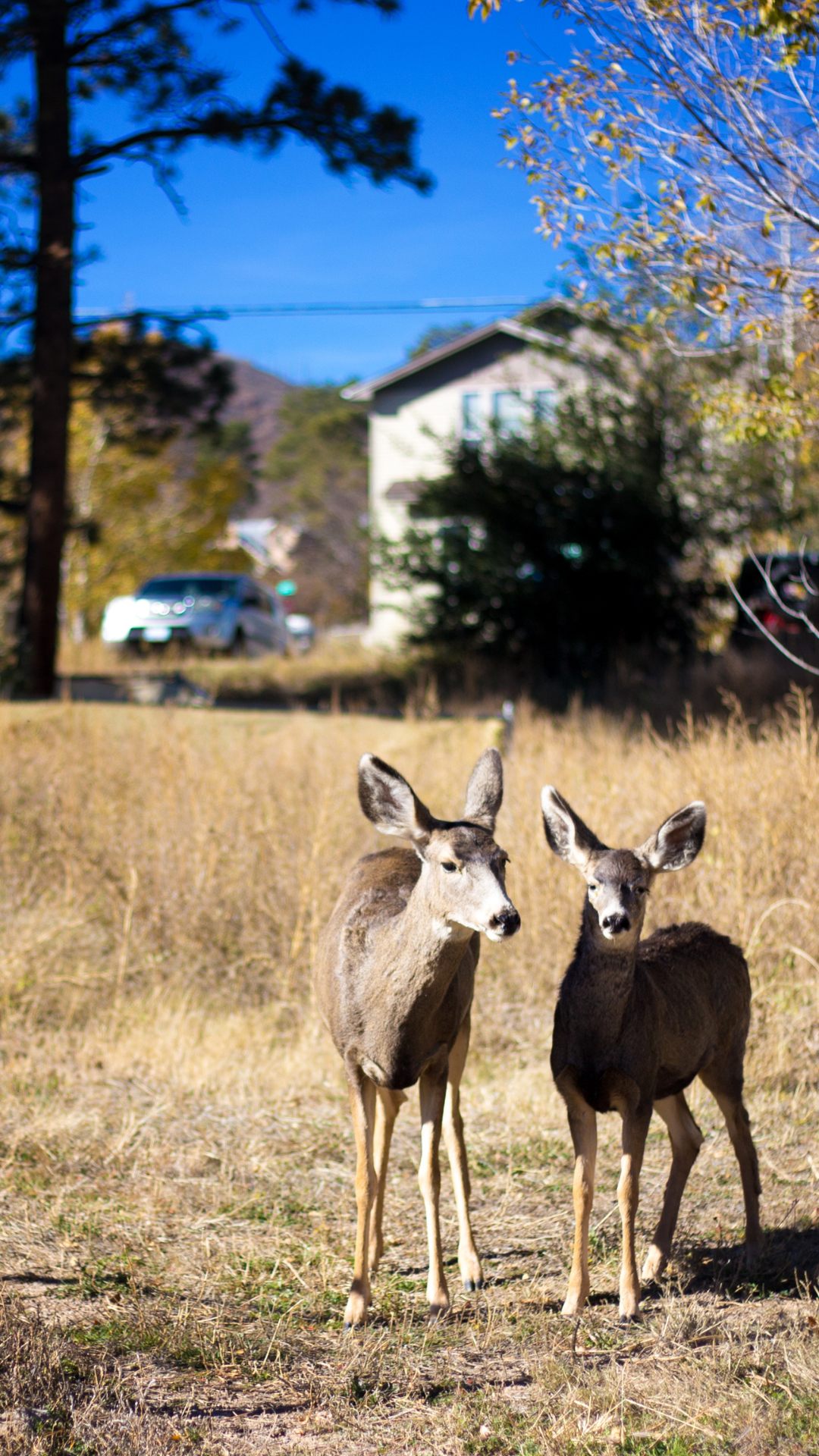As spring arrives, wildlife activity increases, posing challenges for safe coexistence on roadways.With the onset of spring, Jackson Hole becomes a hub of wildlife activity. Animals such as elk, deer, and moose embark on their traditional migration journeys, often...
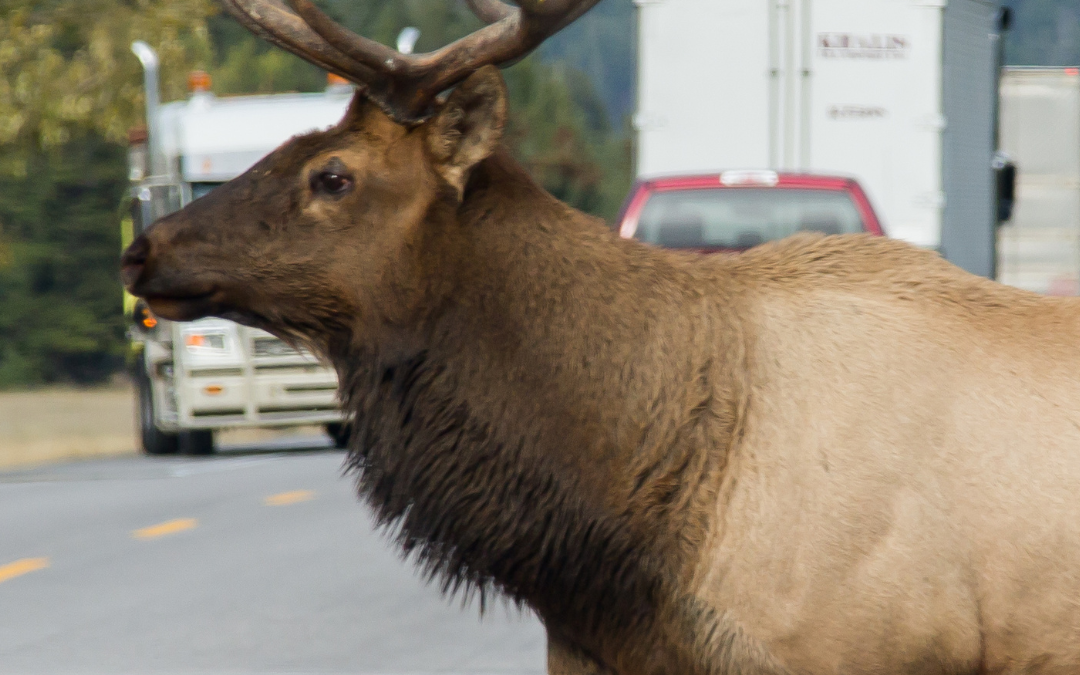
Elk Migration and Movement in Jackson Hole: Protecting Wildlife and Drivers
Migrating Wildlife
do not look both ways before crossing the road
Thousands of elk migrate from the higher elevations of Grand Teton National Park and surrounding areas to lower valleys, seeking food and shelter each winter. This seasonal journey is essential for the survival of the elk herd, but it also brings them into direct conflict with human infrastructure—most notably, busy roads like North Highway 89.
The National Elk Refuge, established in 1912, provides critical winter habitat for the Jackson Elk Herd, which can number as many as 11,000 animals. However, as elk move toward the refuge, they frequently cross North Highway 89, a major route connecting Jackson to the park.
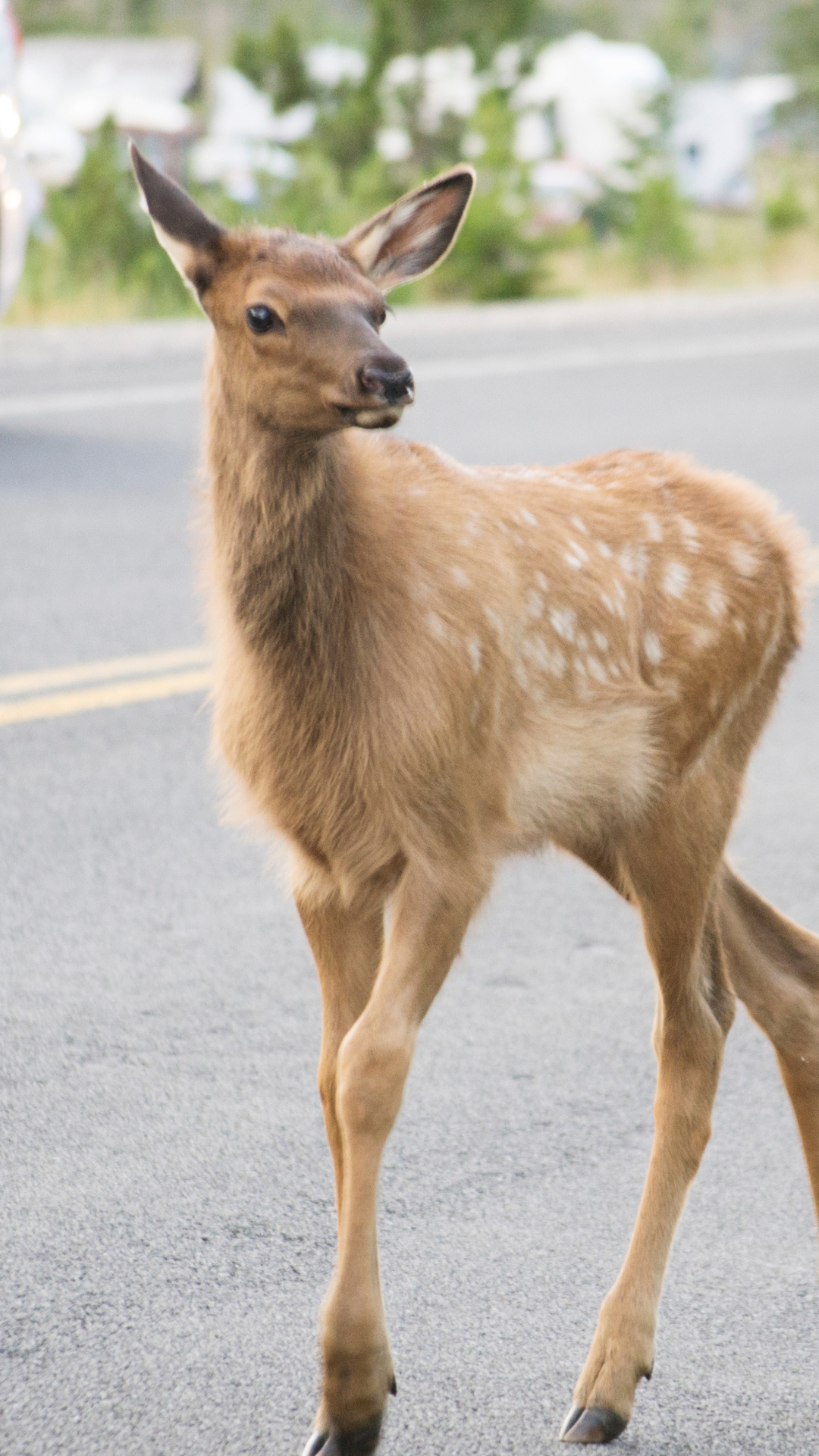
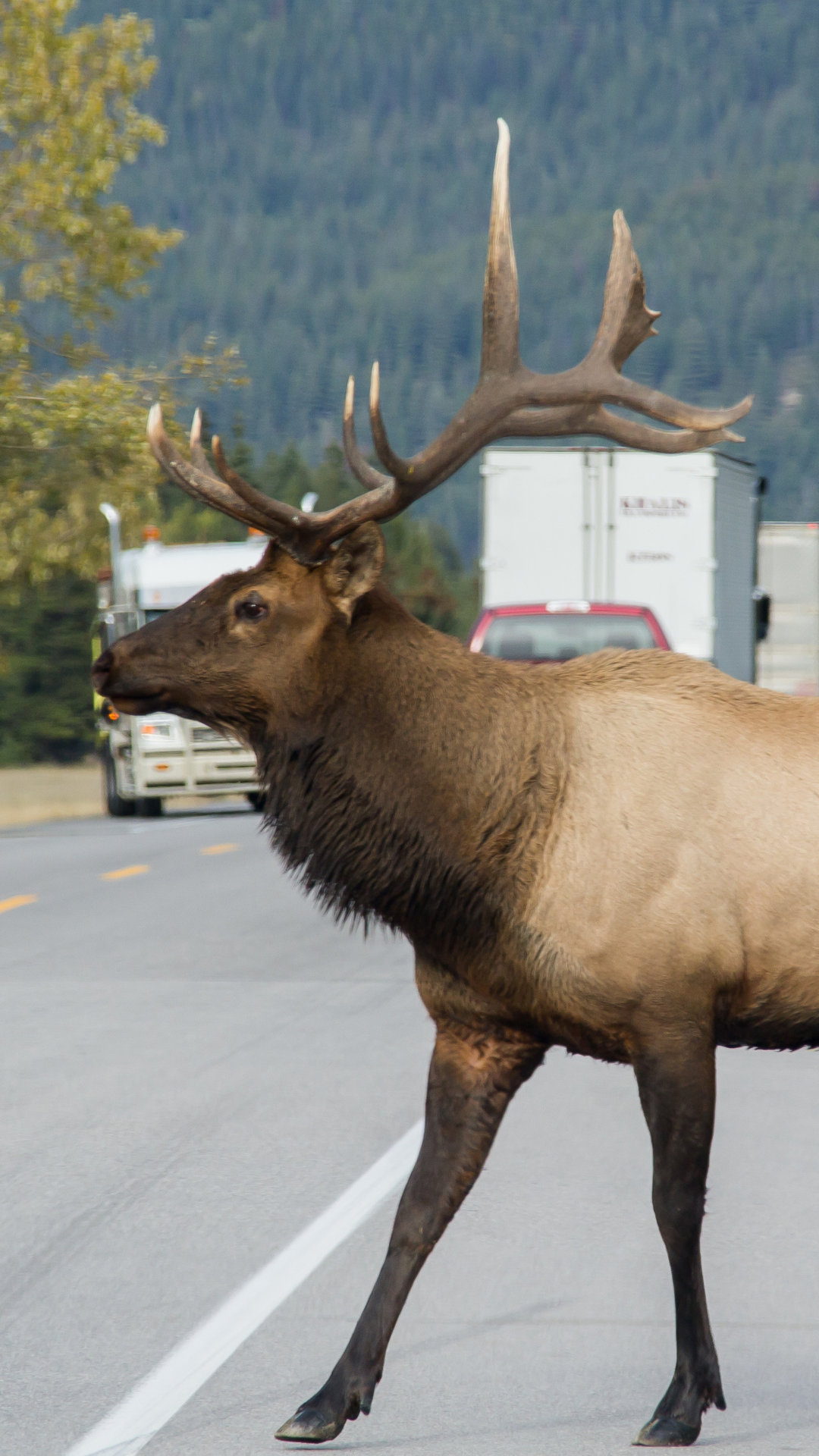
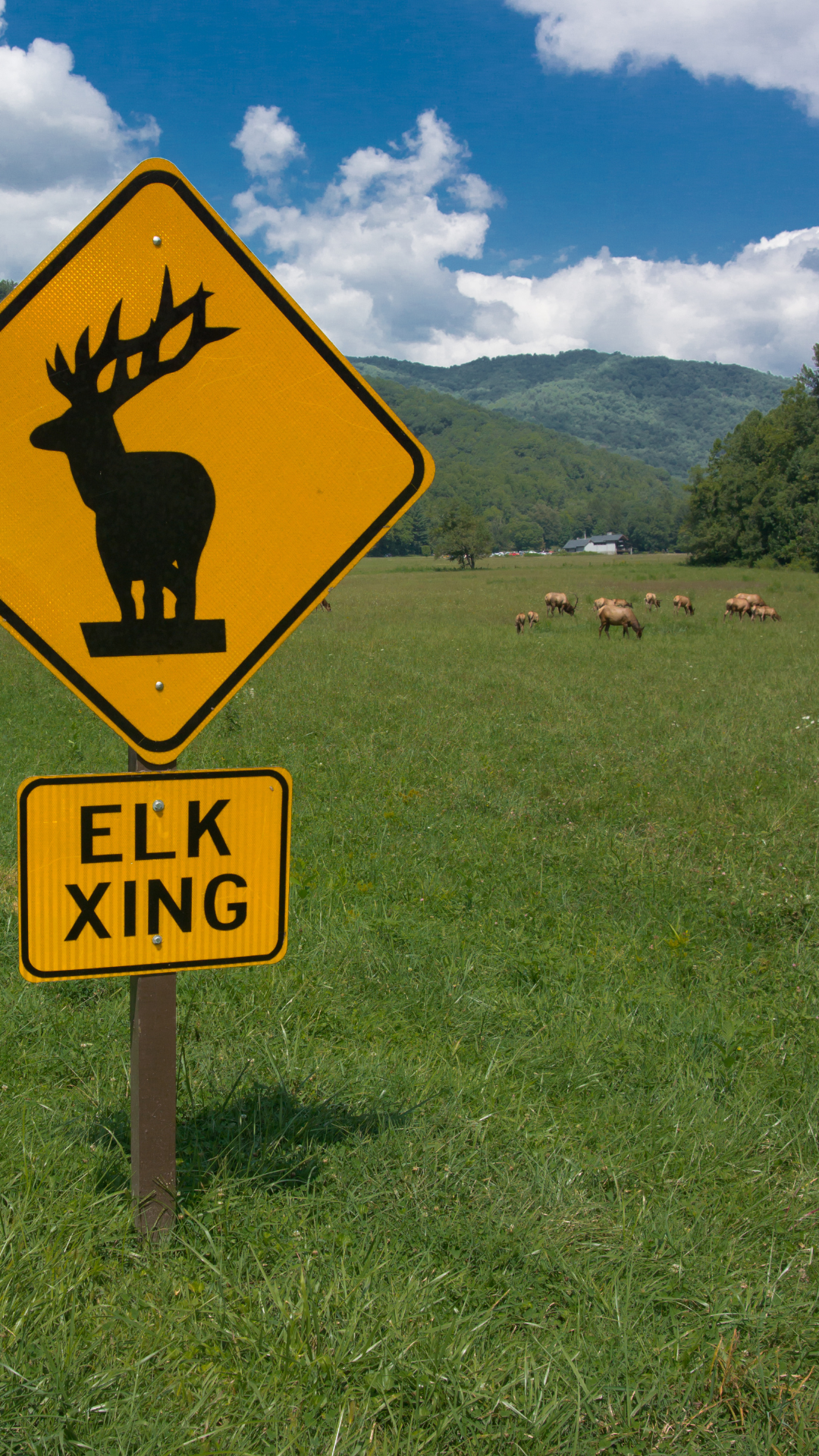
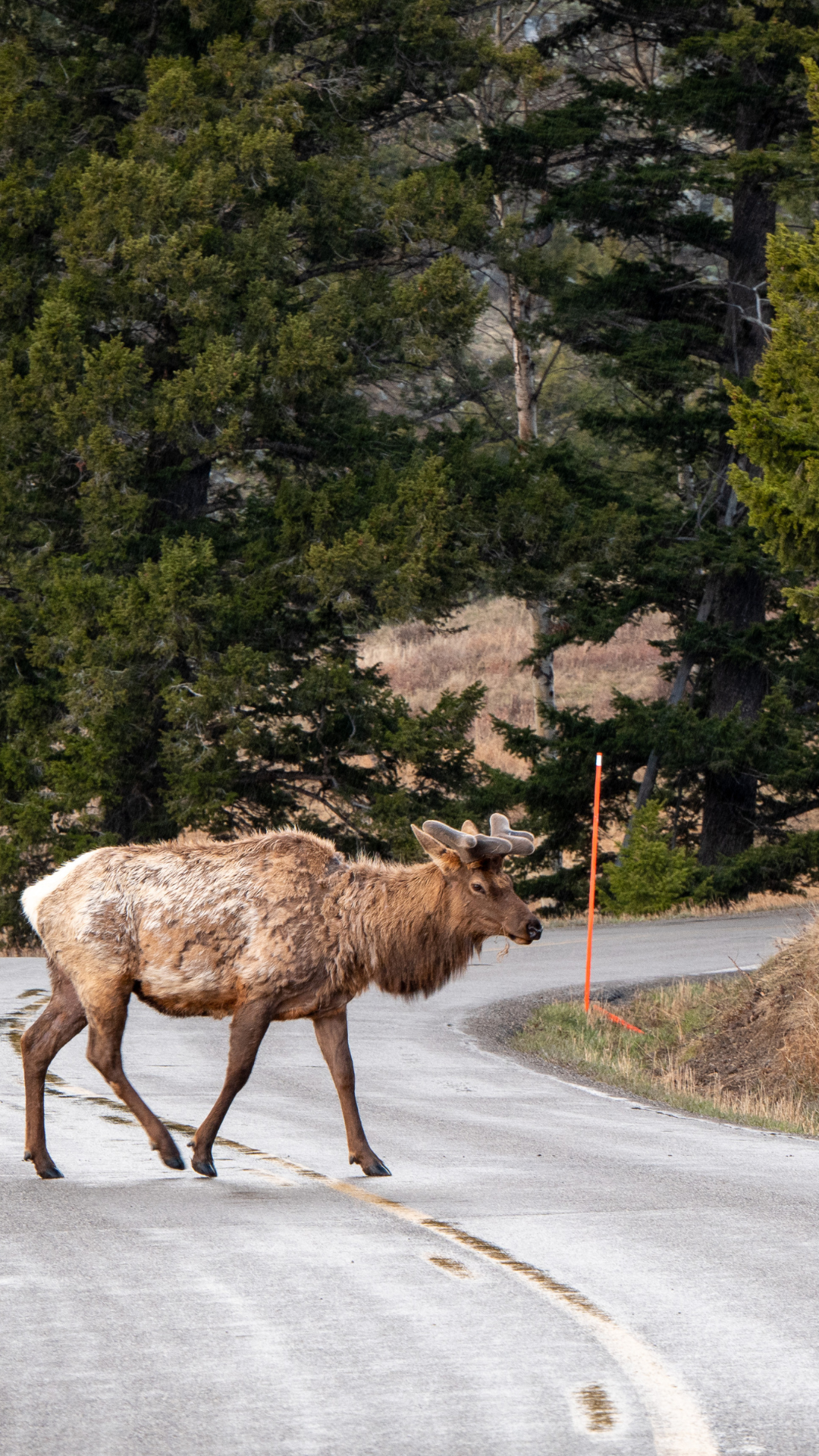
These crossings often occur at dawn and dusk, when visibility is limited, increasing the risk of vehicle collisions. This time of year, elk are on the road in larger numbers, and Jackson Hole Wildlife Foundation, with partners Wyoming Game and Fish and Teton County, has reported a rise in roadkill incidents along this corridor.
The Challenge on North Highway 89
North Highway 89 sees heavy traffic year-round, and during elk migration, it becomes a hazardous bottleneck for wildlife. Data collected by JHWF, Wyoming Game and Fish Department, and Wyoming Department of Transportation shows that wildlife-vehicle collisions are a significant cause of mortality for elk, moose, and deer in the region. For drivers, an unexpected collision with a 600-pound elk can cause severe damage, injuries, or fatalities. Human safety and wildlife preservation are intertwined, making solutions to this challenge a community priority.
Proposed Wildlife Crossings
Teton County, WY
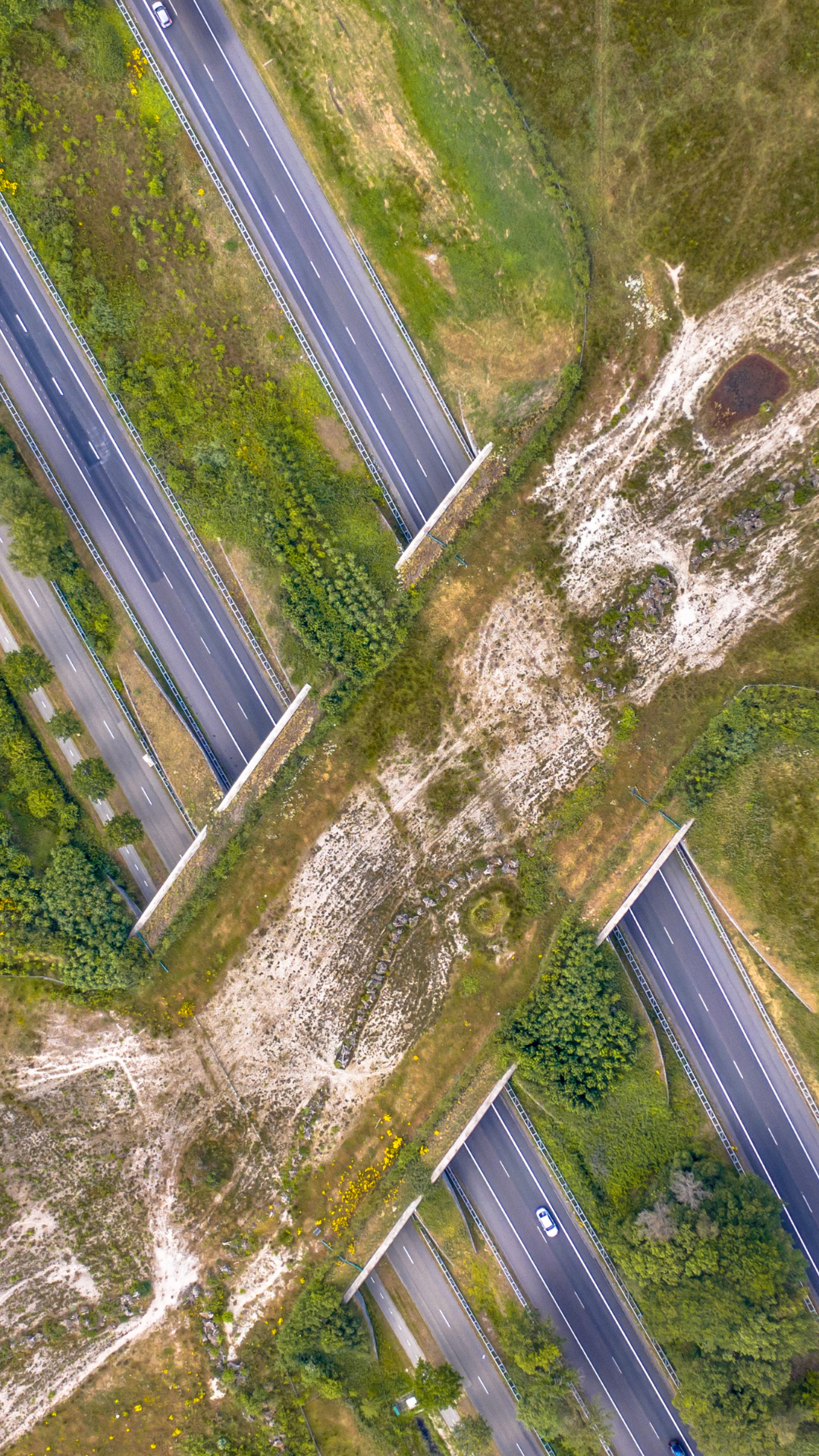
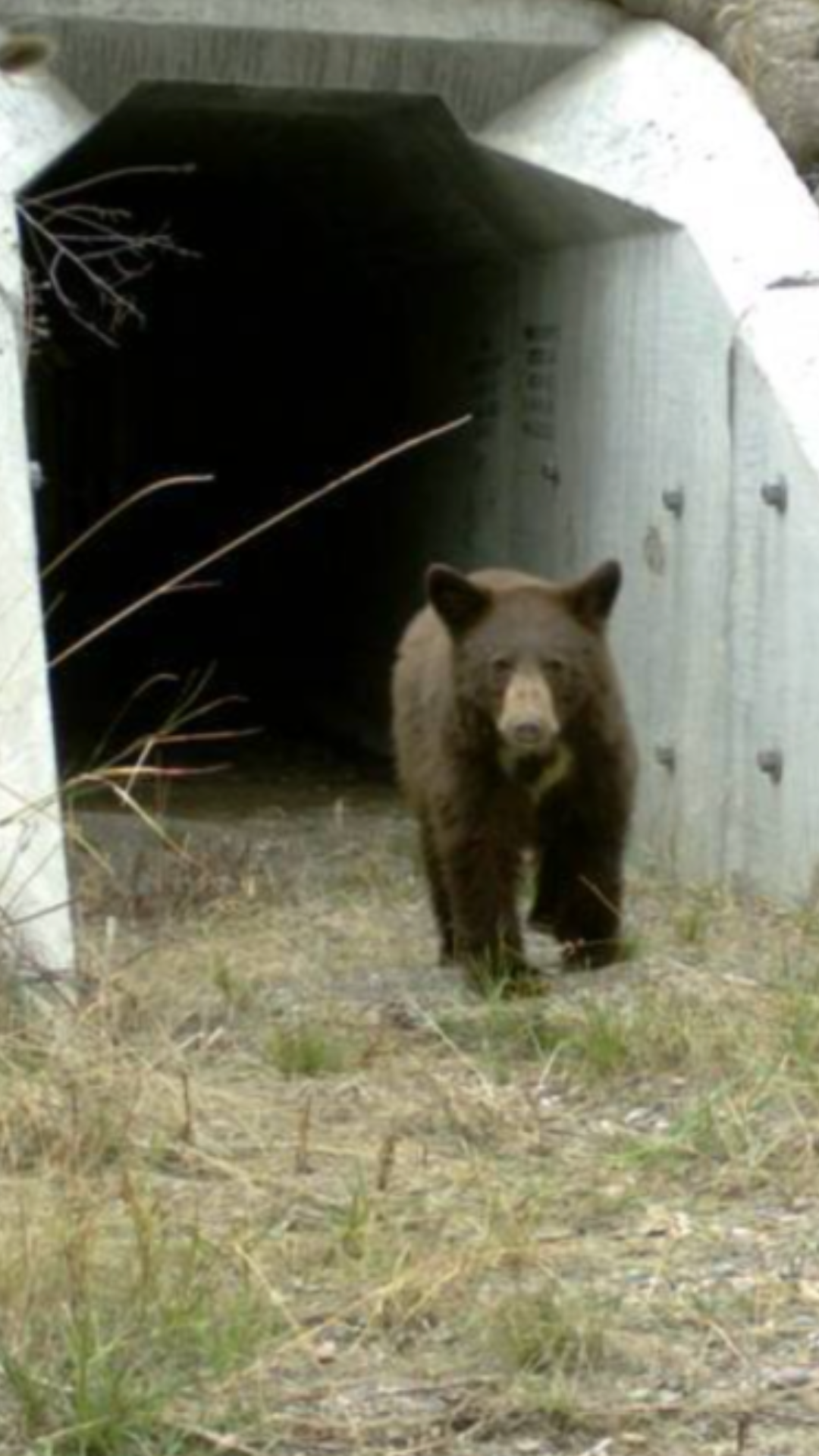
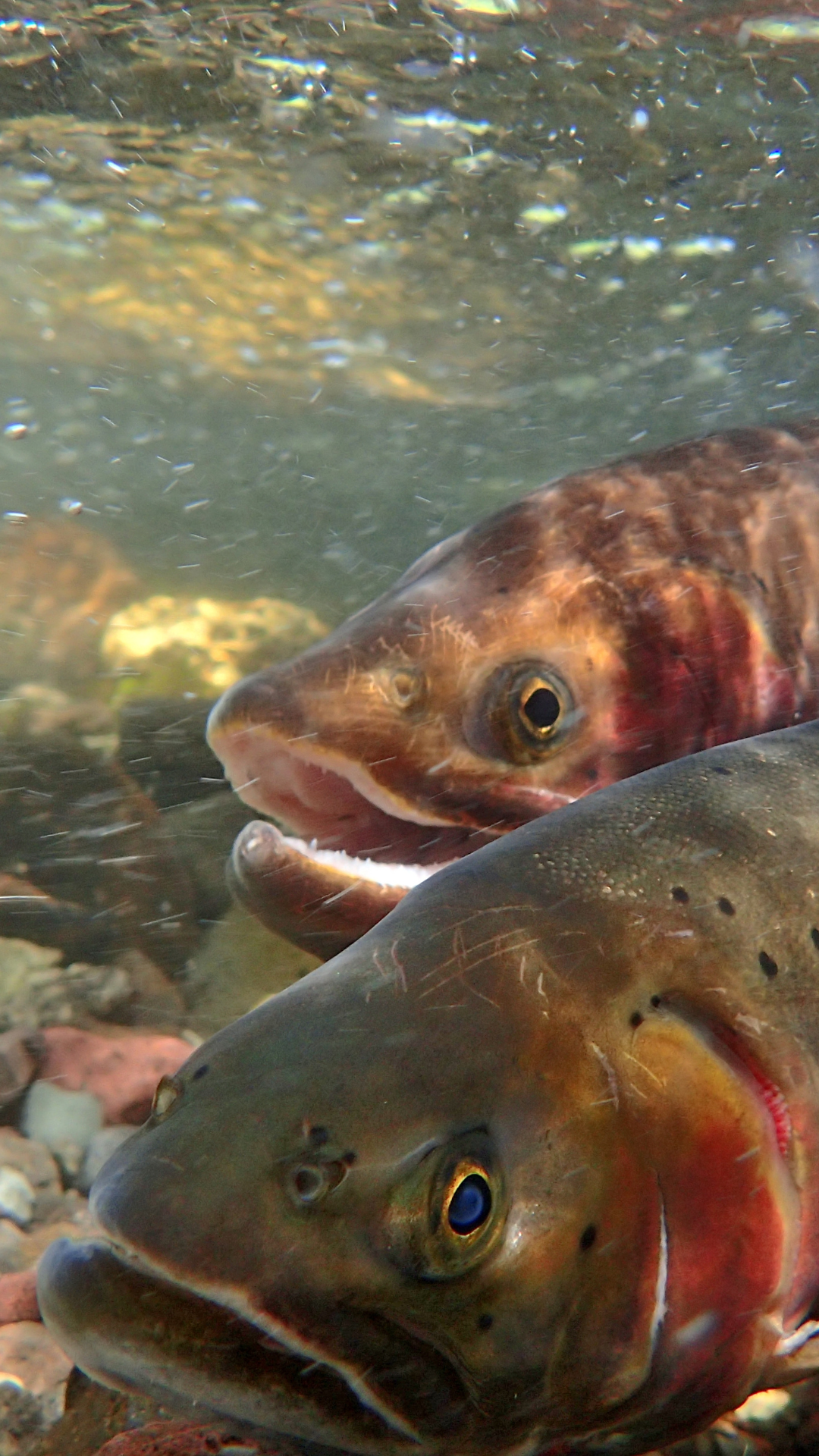
To address the growing problem, Teton County, Wyoming has proposed wildlife crossings and funnel fence at high-risk areas in Teton County, including:
North Highway 89: 3 Crossings (1 Overpass, 2 Underpasses)
- Wildlife Overpass: This structure allows animals to cross above the road on a vegetated bridge, mimicking their natural habitat. Overpasses are particularly effective for larger mammals like elk and pronghorn that prefer open spaces.
- Wildlife Underpasses (2): These tunnels provide safe passage beneath the road, offering an effective solution for animals that prefer cover.
- Funnel Fence: (4 miles) Guided by funnel fencing, the underpasses and overpasses encourage wildlife to avoid the roadway entirely, reducing collision risks.
Teton Pass: 1 Overpass, 3 Underpasses, and a Fish Passage
- Wildlife Overpass: Similar to the North Highway 89 overpass, this structure will reconnect migration routes over the highway, reducing risks for both wildlife and drivers.
- Wildlife Underpasses (3): These underpasses will provide multiple safe routes beneath the Teton Pass Highway for animals such as deer, moose, and smaller mammals.
- Fish Passage: A specialized structure allowing aquatic species to move freely along their natural waterways without obstruction from road infrastructure. This supports fish populations and improves the overall health of the ecosystem.
- Funnel Fence: (4 miles) Guided by funnel fencing, the underpasses and overpasses encourage wildlife to avoid the roadway entirely, reducing collision risks.
Camp Creek: 3 Underpasses and 1 Overpass
- Wildlife Overpass: As with the other overpasses, this vegetated bridge provides a natural, open pathway for wildlife like elk, facilitating their migration while keeping them off the road.
- Wildlife Underpasses (3): These crossings will guide animals safely below the road, preventing wildlife-vehicle collisions and maintaining connectivity across the landscape.
- Funnel Fence: (5.5 miles) Guided by funnel fencing, the underpasses and overpasses encourage wildlife to avoid the roadway entirely, reducing collision risks.
Wildlife crossings, including overpasses and underpasses with funnel fences, are proven to reduce collisions and support healthy migration. A study of similar projects on US Highway 191 near Pinedale, Wyoming, found a 90% reduction in wildlife-vehicle collisions after implementing overpasses and underpasses. This project, monitored by the Wyoming Department of Transportation (WYDOT) and other agencies, highlights the effectiveness of combining crossings with fencing to guide wildlife safely above or below roadways. The Trappers Point crossing has become a national model for mitigating migration conflicts.
Scientists emphasize the importance of open migration corridors for ungulates. Fragmented or blocked movement routes can force wildlife into smaller, less suitable habitats, leading to stress, reduced herd sizes, malnutrition, and disrupted ecosystems. By building crossings, we reconnect critical wildlife movement routes and reduce risks for drivers.

A High-Profile Fatality
The recent wildlife-vehicle collision death of Grizzly Bear 399, one of the most well-known bears in the Greater Yellowstone Ecosystem, highlights the devastating chain reaction caused by wildlife-vehicle collisions. Grizzly 399 and her cub were likely devouring an elk carcass in the Snake River Canyon that was very near to the section of the highway where she was killed. Roadkill draws predators like bears, wolves, and eagles to highways, dramatically increasing their risk of being struck by vehicles. Wildlife crossings can reduce these incidents by preventing collisions that leave carcasses on the roadside in the first place, breaking the cycle that endangers predators and scavengers.
While 399’s passing is a high-profile example of a wildlife-vehicle collision, the need for wildlife crossings extends far beyond any one species or one animal. Her death symbolizes the countless animals—ungulates, predators, birds, and smaller mammals—that lose their lives on roads each year.
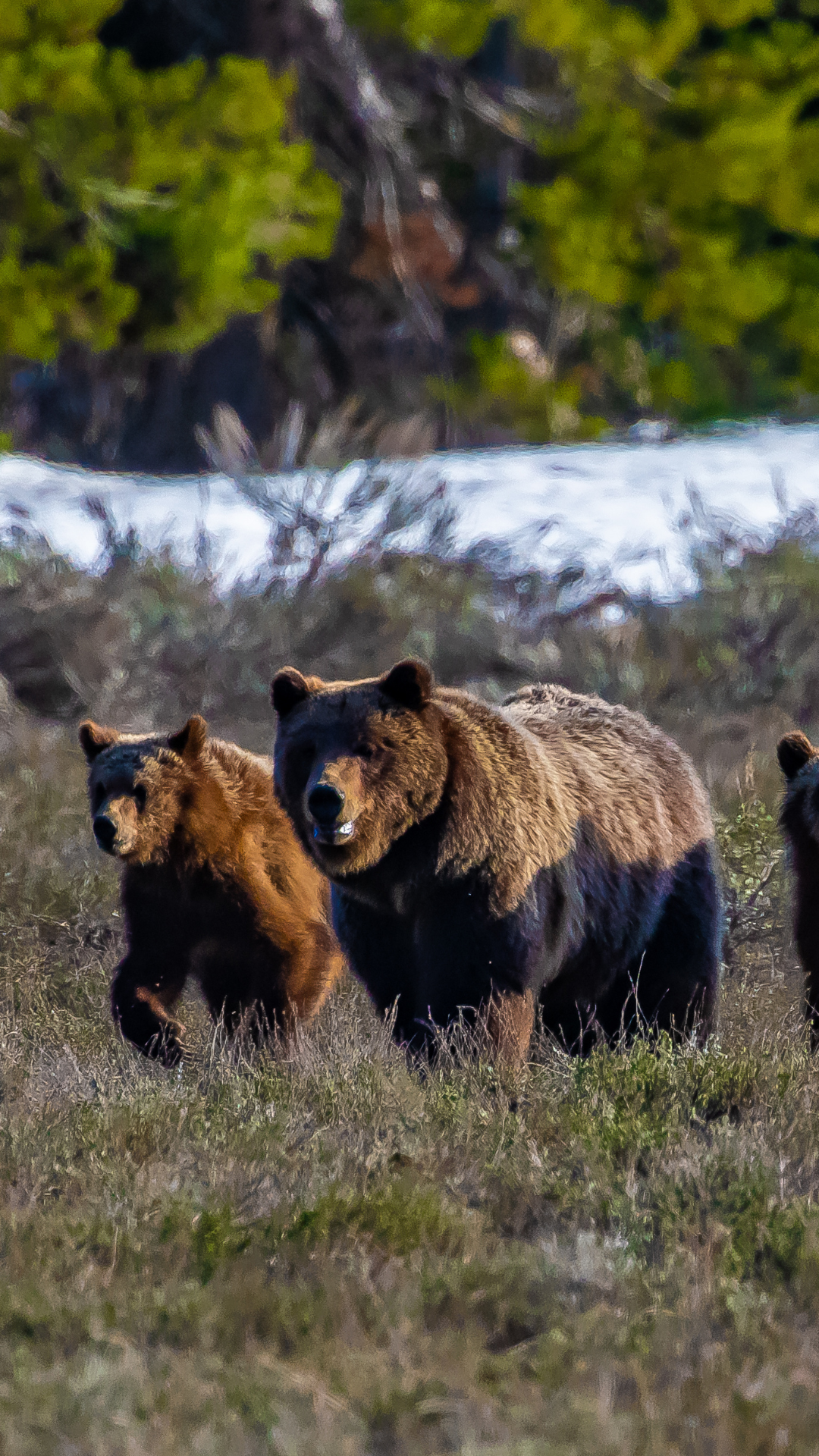
Though 399 was internationally beloved and her story has drawn significant attention, she represents all wildlife navigating the dangers of high-traffic areas. We hope her legacy will inspire greater awareness and support for implementing wildlife-friendly crossing structures throughout Wyoming. These solutions have proven effective in reducing fatalities and reconnecting critical habitats, providing a safer future for all species that call this region home.
Give Wildlife a Brake and Nature Mapping: A Community Effort
The Give Wildlife a Brake program, led by JHWF, works to raise awareness and promote safer driving practices:
- Drive mindfully and observe the speed limit in key wildlife zones like North Highway 89, Teton Pass, and Camp Creek.
- Stay alert at dawn and dusk, when animals are most active.
- Observe wildlife warning signs that identify known crossing areas.
- Report collisions and roadkill to help scientists and officials prioritize safety improvements.
In addition, Nature Mapping Jackson Hole offers an easy way for community members to contribute to wildlife conservation. By becoming a certified Nature Mapper, participants can log wildlife and roadkill sightings using an app. The data collected is shared with Wyoming Game and Fish Department to better understand wildlife movements and identify problem areas. This citizen science initiative empowers residents to actively contribute to protecting the animals that define Jackson Hole.
Give Wildlife a Brake and Nature Mapping also work with local volunteers to monitor wildlife crossings, gather data, and educate residents and visitors about the importance of migration corridors.
Why It Matters
Elk are an iconic part of the Jackson Hole ecosystem. They support a balanced food chain and play a key role in the region’s cultural and ecological identity. Their winter migration has occurred for centuries, long before roads and cars appeared in the valley. Protecting this natural behavior while improving public safety requires collaboration, science, and community effort.
While this blog focuses on elk migration, the need for wildlife crossings applies to all species in the Jackson region, including mule deer. There is no doubt that wildlife-vehicle collisions pose a significant threat, ranking as the third leading cause of bird fatalities each year. Drivers should remain vigilant, as animals crossing the road are often accompanied by others, including offspring or members of a herd, making caution essential for reducing collisions.
Review the Wildlife Vehicle Collision Report to learn more about the scope of this issue and the need for wildlife crossings as a proven solution. Support efforts to fund and implement wildlife crossings and participate in programs like Give Wildlife a Brake and Nature Mapping Jackson Hole to make Jackson Hole safer for wildlife and people.
